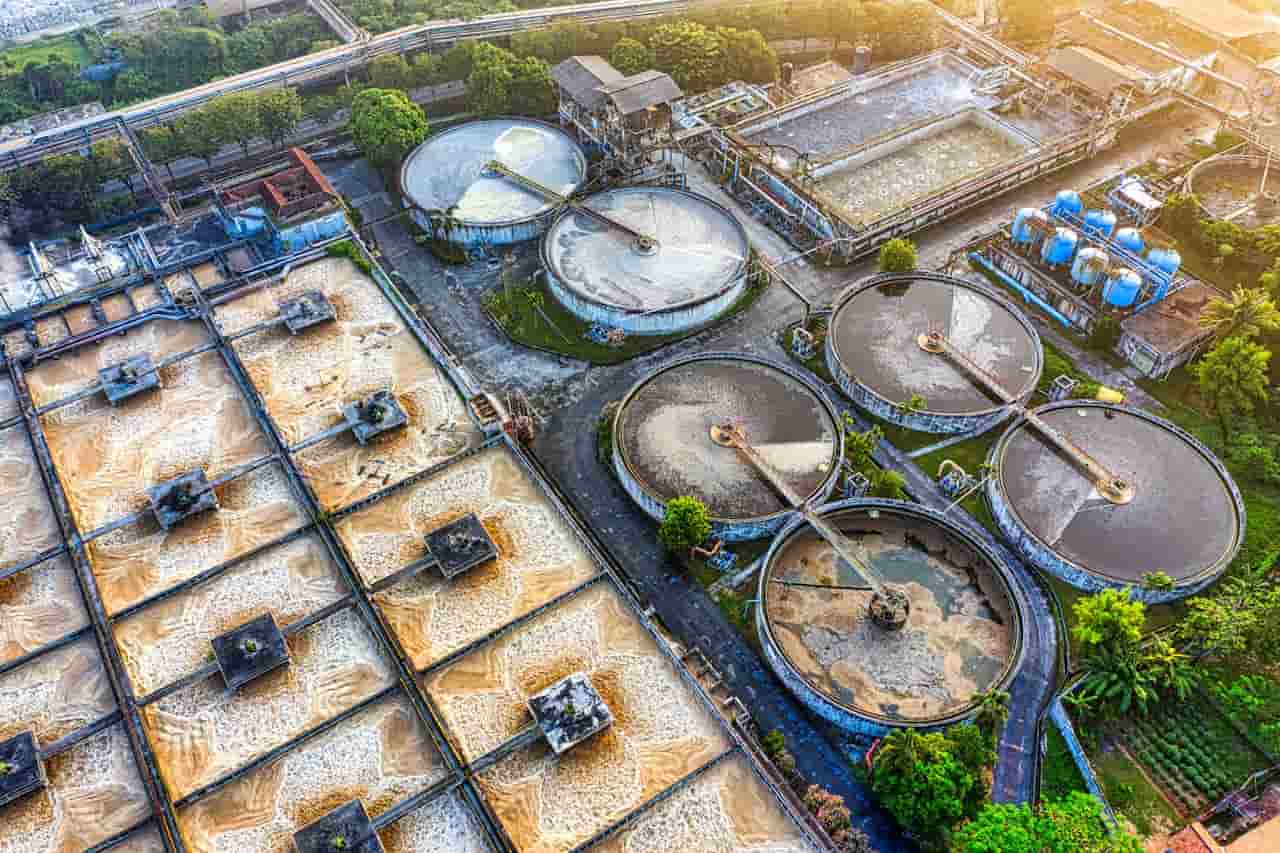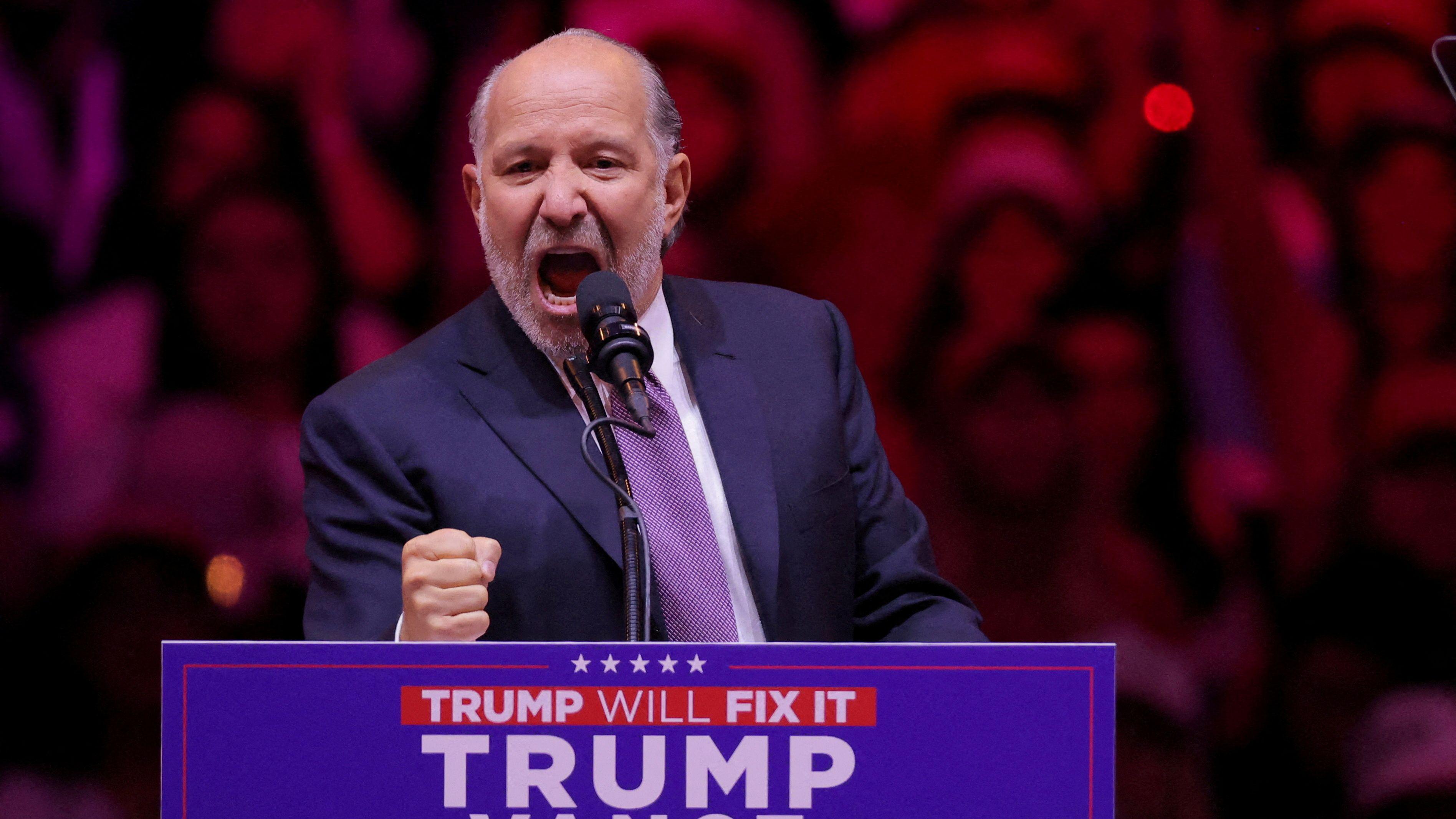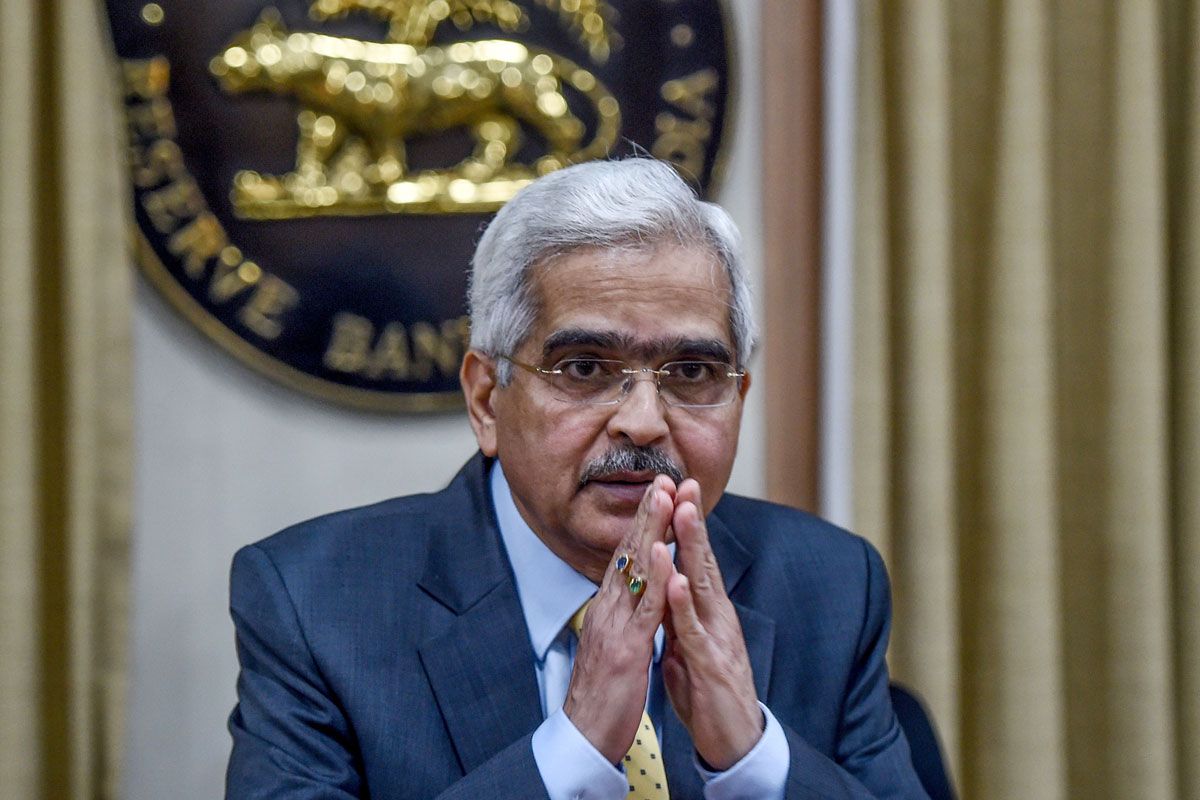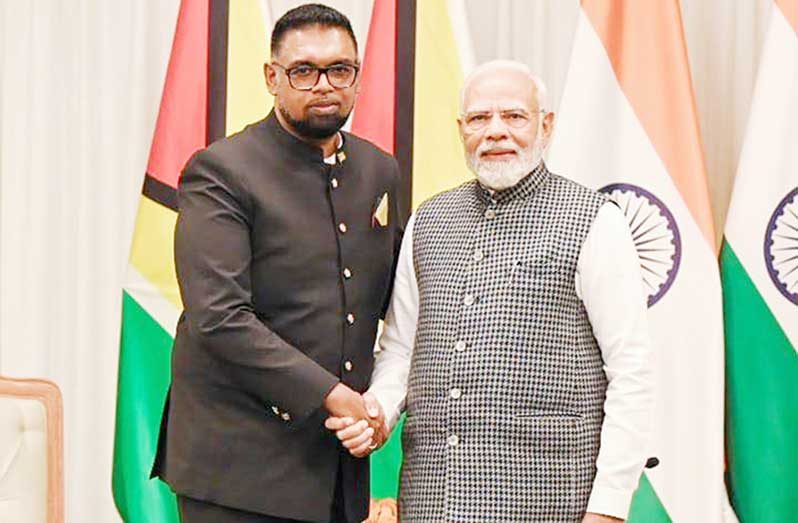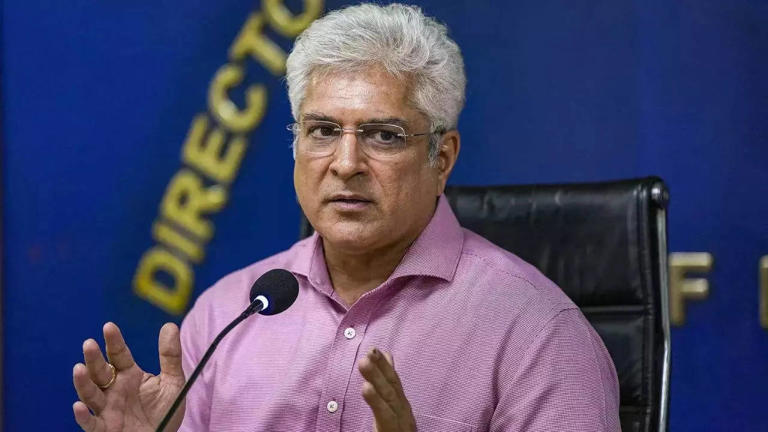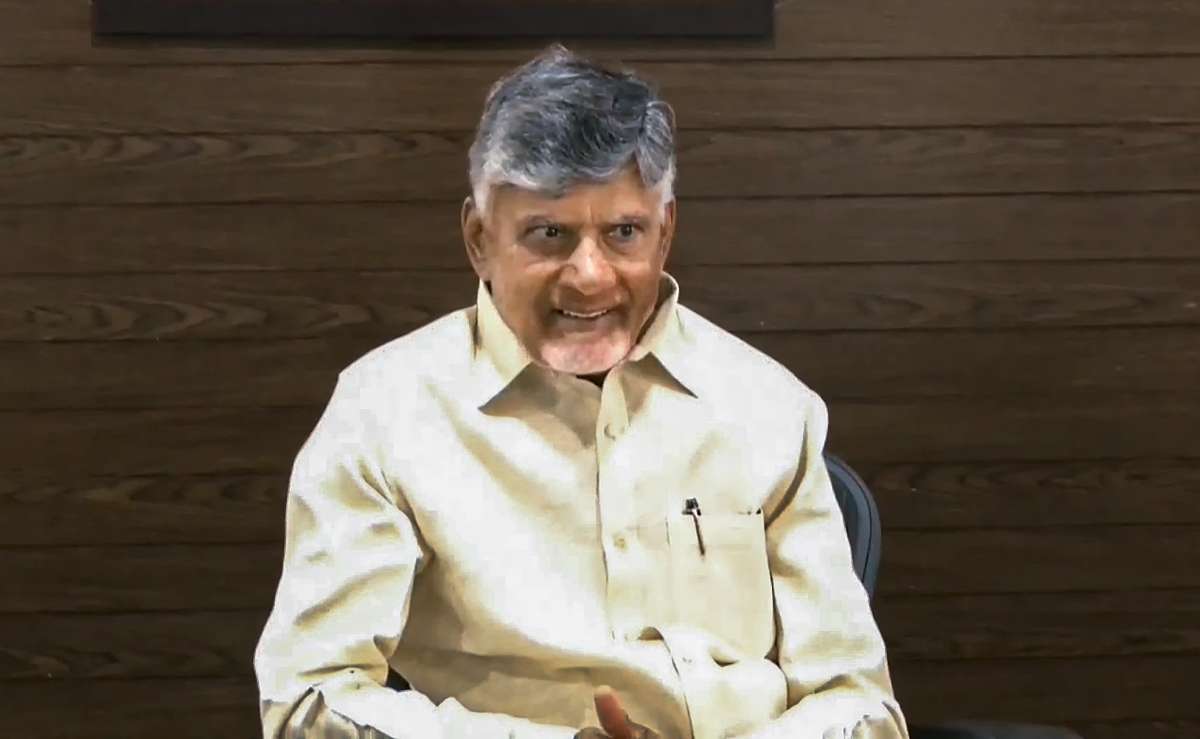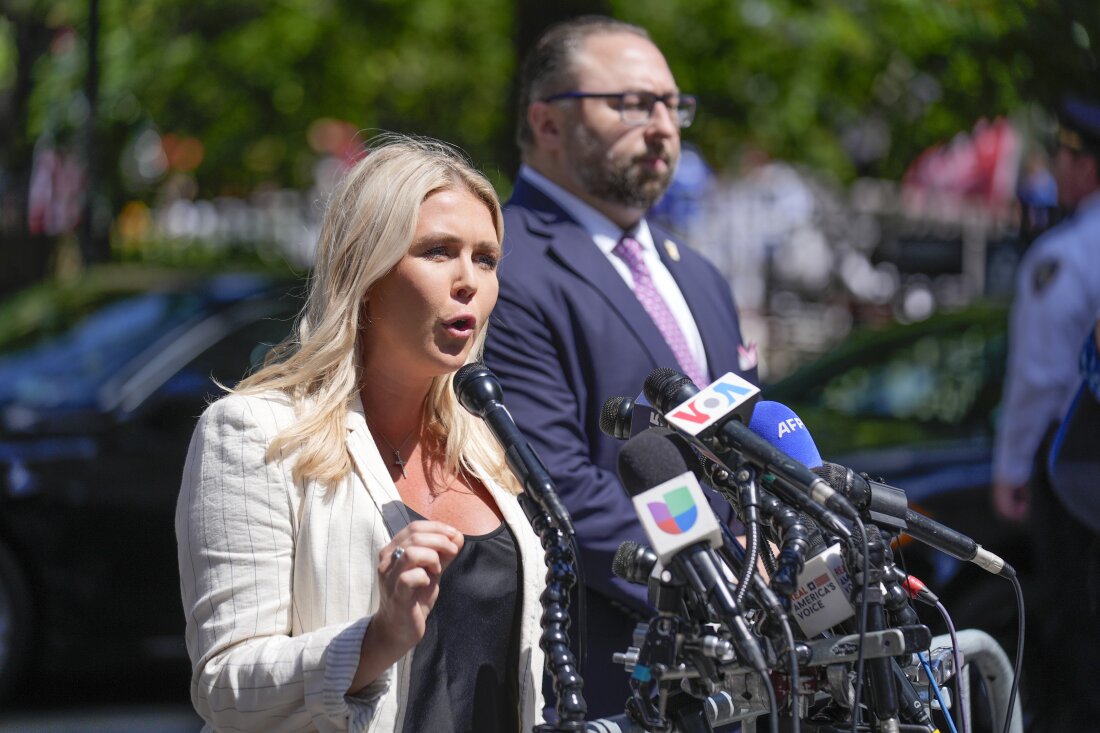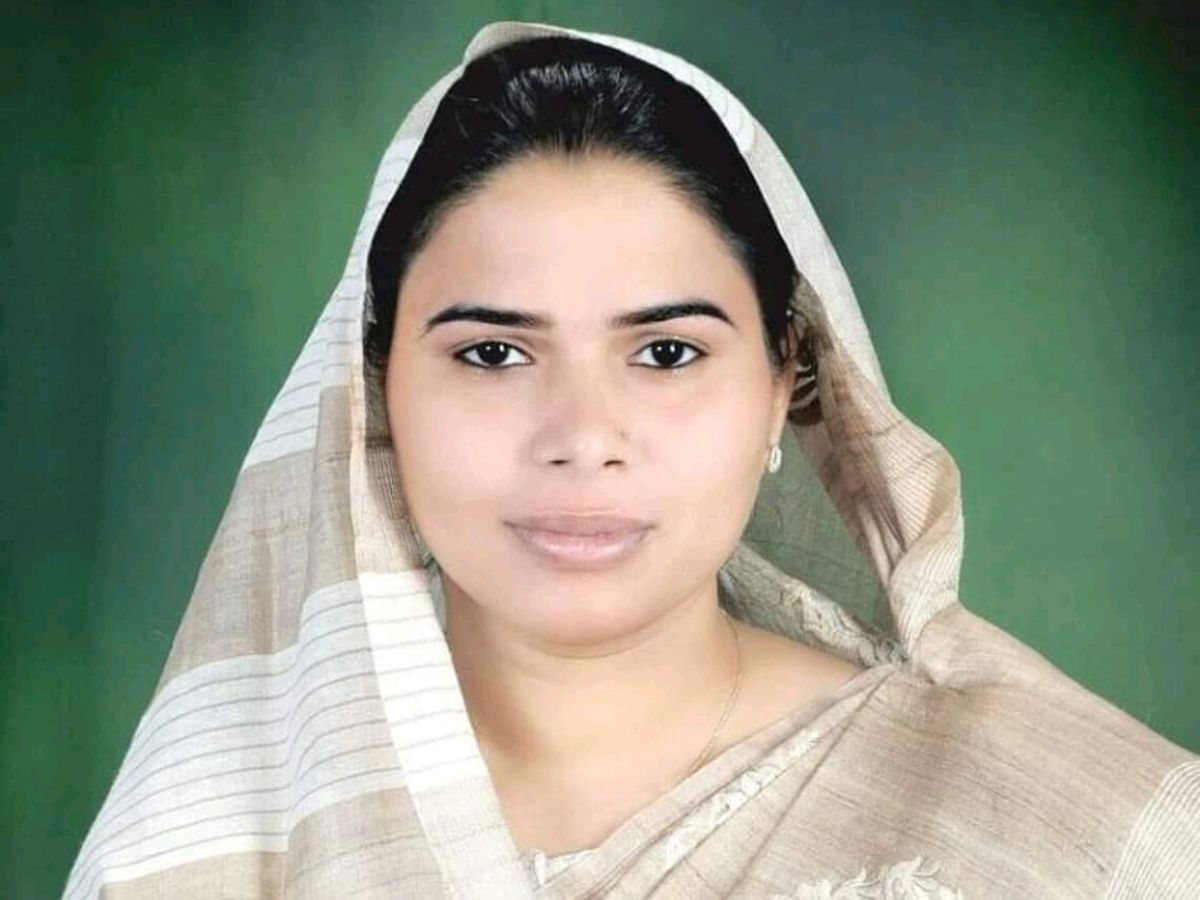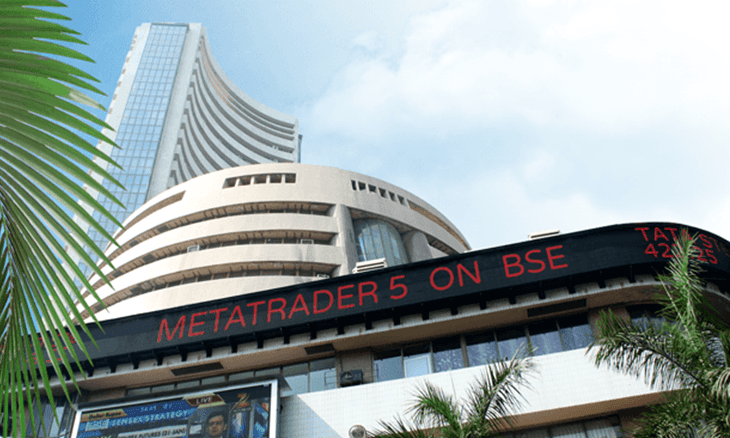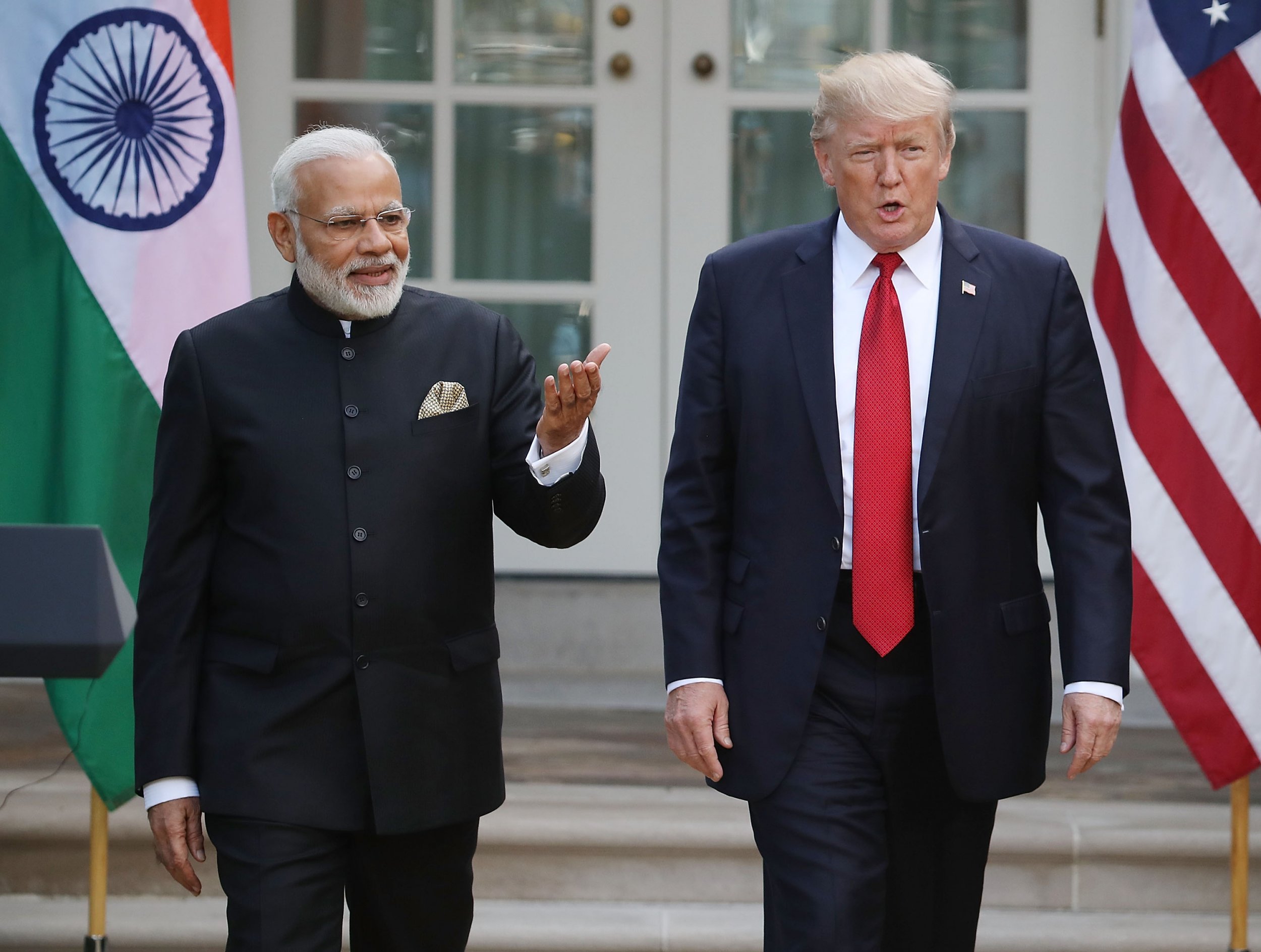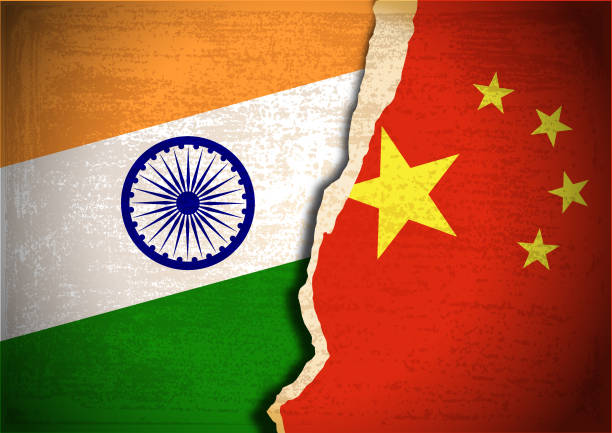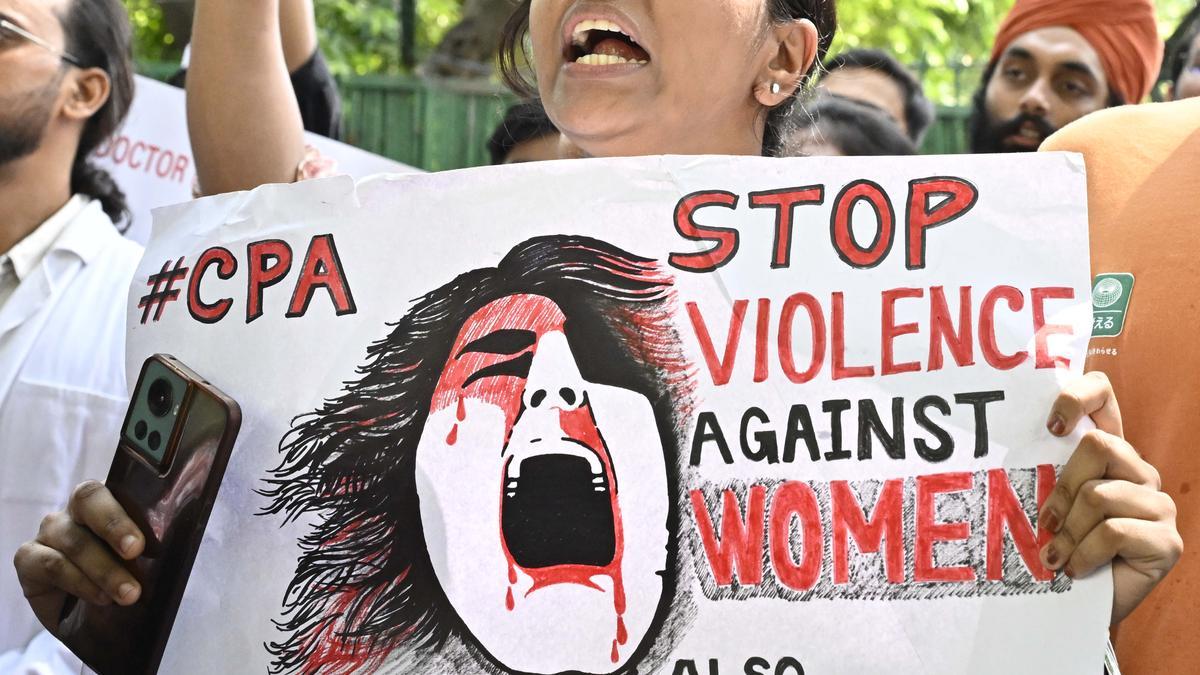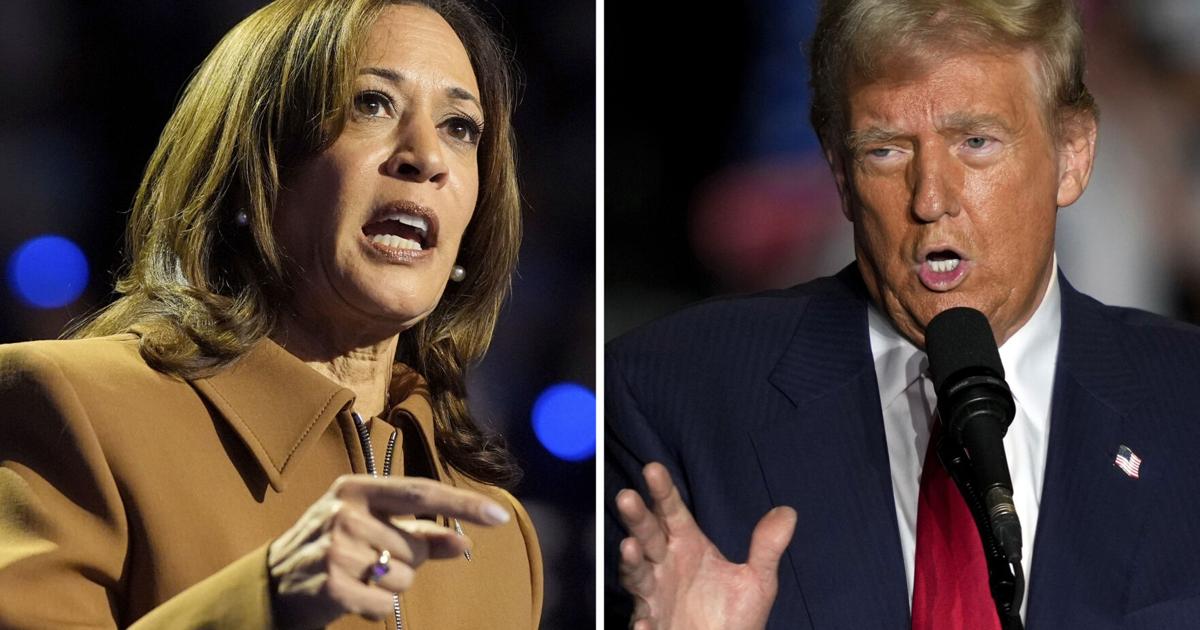Home / assembly-elections / The 2025 Delhi Assembly Elections: A Defining Moment in India’s Political Landscape
The 2025 Delhi Assembly Elections: A Defining Moment in India’s Political Landscape
By: My India Times
5 minutes read 26Updated At: 2025-02-21

The 2025 Delhi Assembly elections have ushered in a significant shift in the political landscape of India’s National Capital Region. The Aam Aadmi Party (AAP), once a dominant force in Delhi, faced a major setback as the Bharatiya Janata Party (BJP) reclaimed power after 26 years. AAP, which initially rose to prominence with an anti-establishment agenda and promises of good governance, found itself embroiled in corruption allegations and administrative conflicts, leading to a decline in its public support.
AAP’s Decline Amid Controversies and Governance Challenges
The elections were characterized by intense political rivalry, with AAP and BJP engaging in fierce battles over governance issues, corruption allegations, and policy failures. AAP leaders faced high-profile arrests related to the liquor scam and the Sheeshmahal controversy, further eroding public trust. Moreover, the party struggled to deliver on its promises related to pollution control, city cleanliness, and water management.
AAP’s continued conflicts with the Lieutenant Governor (LG) of Delhi highlighted governance inefficiencies, which BJP strategically leveraged to frame the ruling party’s tenure as a failure. Additionally, the contentious debate over welfare schemes, often labeled as 'freebies,' added fuel to the electoral discourse, with parties using direct cash transfers and subsidies as campaign promises.
BJP’s Historic Comeback and Congress’s Continued Decline
For the first time in over two decades, the BJP staged a strong electoral comeback, securing 48 out of 70 seats with 46.6% of the vote share. This marked a stark contrast to their previous performances in 2015 and 2020 when they won only 3 and 8 seats, respectively.
In contrast, AAP’s once-unshakable dominance crumbled, securing only 22 seats with 43.6% of the vote share. This dramatic decline signified a loss of public confidence in the party’s governance and leadership.
Meanwhile, Congress continued its downward spiral, failing to win a single seat for the third consecutive election. Despite a slight improvement in vote share to 6.3%, the party remained largely irrelevant in Delhi’s political scene.
Electoral Trends and Voter Behavior: A Shift in Political Preferences
The 2025 elections recorded a voter turnout of 60.54%, the lowest in 17 years and 2.28 percentage points lower than in 2020. Analysts attribute this decline to growing disillusionment among voters regarding governance failures and negative campaigning.
While AAP had positioned itself as an alternative political force, the results of the 2025 elections reflect a shift back to traditional party structures. BJP’s ability to capitalize on anti-incumbency sentiments, corruption allegations, and leadership credibility played a crucial role in its resurgence.
Key Election Issues and Campaign Strategies
The elections were fraught with controversies, as several prominent AAP leaders, including former Deputy Chief Minister and former Health Minister, faced legal challenges related to money laundering and corruption. The Sheeshmahal controversy surrounding Kejriwal’s official residence and the liquor scam further dented AAP’s credibility.
The prolonged power struggle between the LG and the AAP government, a persistent issue since AAP’s rise to power, also raised concerns about governance effectiveness. BJP effectively utilized these issues to strengthen its campaign narrative, portraying AAP as inefficient and corrupt.
Another major talking point in the elections was the use of welfare schemes and direct cash transfers as campaign promises. While AAP and Congress focused on offering financial assistance to women and other voter segments, BJP positioned itself against excessive state spending, branding such schemes as financially unsustainable.
The election campaigns were also marred by hate speech, AI-driven misinformation, and aggressive negative campaigning, making it one of the most controversial elections in recent history.
Implications of BJP’s Victory: What Lies Ahead for Delhi?
The BJP’s return to power in Delhi after 26 years signifies more than just an electoral win—it reflects the electorate’s preference for experienced leadership and a shift away from AAP’s experimental governance model. With the same party now governing both Delhi and the Centre, the long-standing power struggle between the LG and the Delhi government is expected to ease, but it raises broader concerns about decentralization and federal autonomy.
AAP’s decline marks a crucial moment in the evolution of alternative political movements in India. Once hailed as a disruptor in mainstream politics, AAP struggled to sustain its ideological purity and reformist agenda, ultimately falling into traditional political pitfalls such as corruption and administrative inefficiencies.
Broader Regional Implications: Lessons from the Delhi Elections
The results of the 2025 Delhi elections are not just a reflection of state politics but resonate across South Asia. The governance challenges, electoral strategies, and political narratives observed in Delhi are evident in other democracies in the region.
In Pakistan, the Pakistan Tehreek-e-Insaf (PTI) faced similar challenges in navigating institutional resistance and anti-establishment stances, leading to legal battles and leadership crises. In Sri Lanka, newly elected governments have struggled to deliver on economic promises following mass protests that ousted the Rajapaksa administration.
The use of welfare schemes as a political tool is another recurring theme across South Asia. Countries like Bangladesh, Indonesia, and Sri Lanka have all witnessed the strategic deployment of social programs to consolidate electoral support. At the same time, the unchecked use of AI in political campaigns, seen in Pakistan, Indonesia, and Sri Lanka, raises concerns about misinformation, propaganda, and ethical governance.
The Road Ahead: The Future of Delhi’s Governance
Beyond party victories and electoral statistics, the 2025 Delhi Assembly elections have set the stage for a deeper debate on governance, federalism, and electoral integrity. With BJP now in control, the coming years will test its ability to address Delhi’s core issues, from pollution control to infrastructure development and public welfare.
While AAP’s decline signals the vulnerabilities of alternative political movements, it also offers lessons on the challenges of sustaining reformist agendas in mainstream politics. The election results reinforce the need for transparency, accountability, and effective governance, shaping the future of Delhi’s political trajectory.
As India’s capital continues to evolve, the governance choices made in the coming years will determine whether BJP can sustain its renewed dominance or whether a new political force will emerge to challenge the status quo.
....
The 2025 Delhi Assembly elections have ushered in a significant shift in the political landscape of India’s National Capital Region. The Aam Aadmi Party (AAP), once a dominant force in Delhi, faced a major setback as the Bharatiya Janata Party (BJP) reclaimed power after 26 years. AAP, which initially rose to prominence with an anti-establishment agenda and promises of good governance, found itself embroiled in corruption allegations and administrative conflicts, leading to a decline in its public support.
AAP’s Decline Amid Controversies and Governance Challenges
The elections were characterized by intense political rivalry, with AAP and BJP engaging in fierce battles over governance issues, corruption allegations, and policy failures. AAP leaders faced high-profile arrests related to the liquor scam and the Sheeshmahal controversy, further eroding public trust. Moreover, the party struggled to deliver on its promises related to pollution control, city cleanliness, and water management.
AAP’s continued conflicts with the Lieutenant Governor (LG) of Delhi highlighted governance inefficiencies, which BJP strategically leveraged to frame the ruling party’s tenure as a failure. Additionally, the contentious debate over welfare schemes, often labeled as 'freebies,' added fuel to the electoral discourse, with parties using direct cash transfers and subsidies as campaign promises.
BJP’s Historic Comeback and Congress’s Continued Decline
For the first time in over two decades, the BJP staged a strong electoral comeback, securing 48 out of 70 seats with 46.6% of the vote share. This marked a stark contrast to their previous performances in 2015 and 2020 when they won only 3 and 8 seats, respectively.
In contrast, AAP’s once-unshakable dominance crumbled, securing only 22 seats with 43.6% of the vote share. This dramatic decline signified a loss of public confidence in the party’s governance and leadership.
Meanwhile, Congress continued its downward spiral, failing to win a single seat for the third consecutive election. Despite a slight improvement in vote share to 6.3%, the party remained largely irrelevant in Delhi’s political scene.
Electoral Trends and Voter Behavior: A Shift in Political Preferences
The 2025 elections recorded a voter turnout of 60.54%, the lowest in 17 years and 2.28 percentage points lower than in 2020. Analysts attribute this decline to growing disillusionment among voters regarding governance failures and negative campaigning.
While AAP had positioned itself as an alternative political force, the results of the 2025 elections reflect a shift back to traditional party structures. BJP’s ability to capitalize on anti-incumbency sentiments, corruption allegations, and leadership credibility played a crucial role in its resurgence.
Key Election Issues and Campaign Strategies
The elections were fraught with controversies, as several prominent AAP leaders, including former Deputy Chief Minister and former Health Minister, faced legal challenges related to money laundering and corruption. The Sheeshmahal controversy surrounding Kejriwal’s official residence and the liquor scam further dented AAP’s credibility.
The prolonged power struggle between the LG and the AAP government, a persistent issue since AAP’s rise to power, also raised concerns about governance effectiveness. BJP effectively utilized these issues to strengthen its campaign narrative, portraying AAP as inefficient and corrupt.
Another major talking point in the elections was the use of welfare schemes and direct cash transfers as campaign promises. While AAP and Congress focused on offering financial assistance to women and other voter segments, BJP positioned itself against excessive state spending, branding such schemes as financially unsustainable.
The election campaigns were also marred by hate speech, AI-driven misinformation, and aggressive negative campaigning, making it one of the most controversial elections in recent history.
Implications of BJP’s Victory: What Lies Ahead for Delhi?
The BJP’s return to power in Delhi after 26 years signifies more than just an electoral win—it reflects the electorate’s preference for experienced leadership and a shift away from AAP’s experimental governance model. With the same party now governing both Delhi and the Centre, the long-standing power struggle between the LG and the Delhi government is expected to ease, but it raises broader concerns about decentralization and federal autonomy.
AAP’s decline marks a crucial moment in the evolution of alternative political movements in India. Once hailed as a disruptor in mainstream politics, AAP struggled to sustain its ideological purity and reformist agenda, ultimately falling into traditional political pitfalls such as corruption and administrative inefficiencies.
Broader Regional Implications: Lessons from the Delhi Elections
The results of the 2025 Delhi elections are not just a reflection of state politics but resonate across South Asia. The governance challenges, electoral strategies, and political narratives observed in Delhi are evident in other democracies in the region.
In Pakistan, the Pakistan Tehreek-e-Insaf (PTI) faced similar challenges in navigating institutional resistance and anti-establishment stances, leading to legal battles and leadership crises. In Sri Lanka, newly elected governments have struggled to deliver on economic promises following mass protests that ousted the Rajapaksa administration.
The use of welfare schemes as a political tool is another recurring theme across South Asia. Countries like Bangladesh, Indonesia, and Sri Lanka have all witnessed the strategic deployment of social programs to consolidate electoral support. At the same time, the unchecked use of AI in political campaigns, seen in Pakistan, Indonesia, and Sri Lanka, raises concerns about misinformation, propaganda, and ethical governance.
The Road Ahead: The Future of Delhi’s Governance
Beyond party victories and electoral statistics, the 2025 Delhi Assembly elections have set the stage for a deeper debate on governance, federalism, and electoral integrity. With BJP now in control, the coming years will test its ability to address Delhi’s core issues, from pollution control to infrastructure development and public welfare.
While AAP’s decline signals the vulnerabilities of alternative political movements, it also offers lessons on the challenges of sustaining reformist agendas in mainstream politics. The election results reinforce the need for transparency, accountability, and effective governance, shaping the future of Delhi’s political trajectory.
As India’s capital continues to evolve, the governance choices made in the coming years will determine whether BJP can sustain its renewed dominance or whether a new political force will emerge to challenge the status quo.
By: My India Times
Updated At: 2025-02-21
Tags: assembly-elections News | My India Times News | Trending News | Travel News
Join our WhatsApp Channel

Similiar News
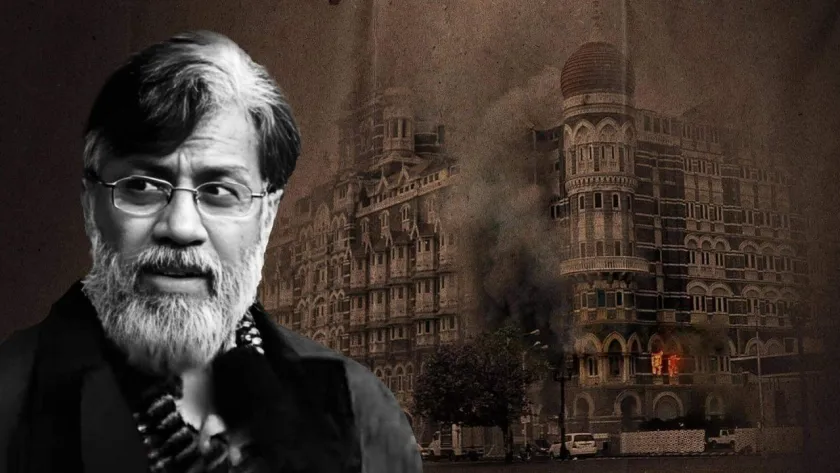
US Supreme Court Rejects 26/11 Accused Tahawwur Rana’s Plea to Block Extradition to India
2025-03-08



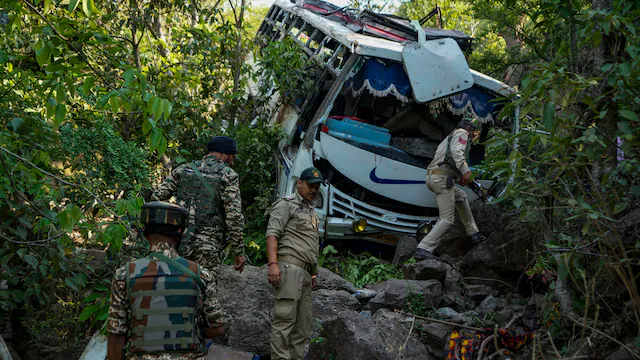














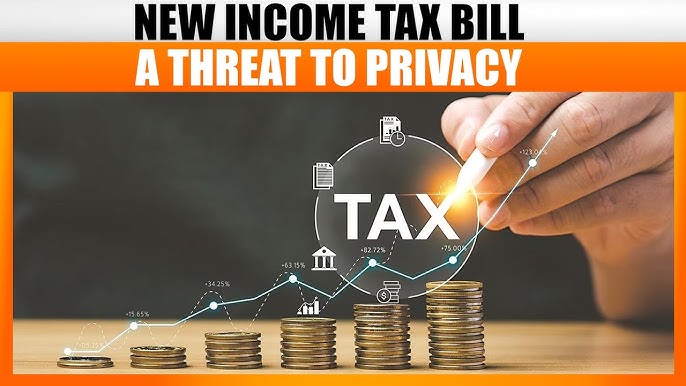




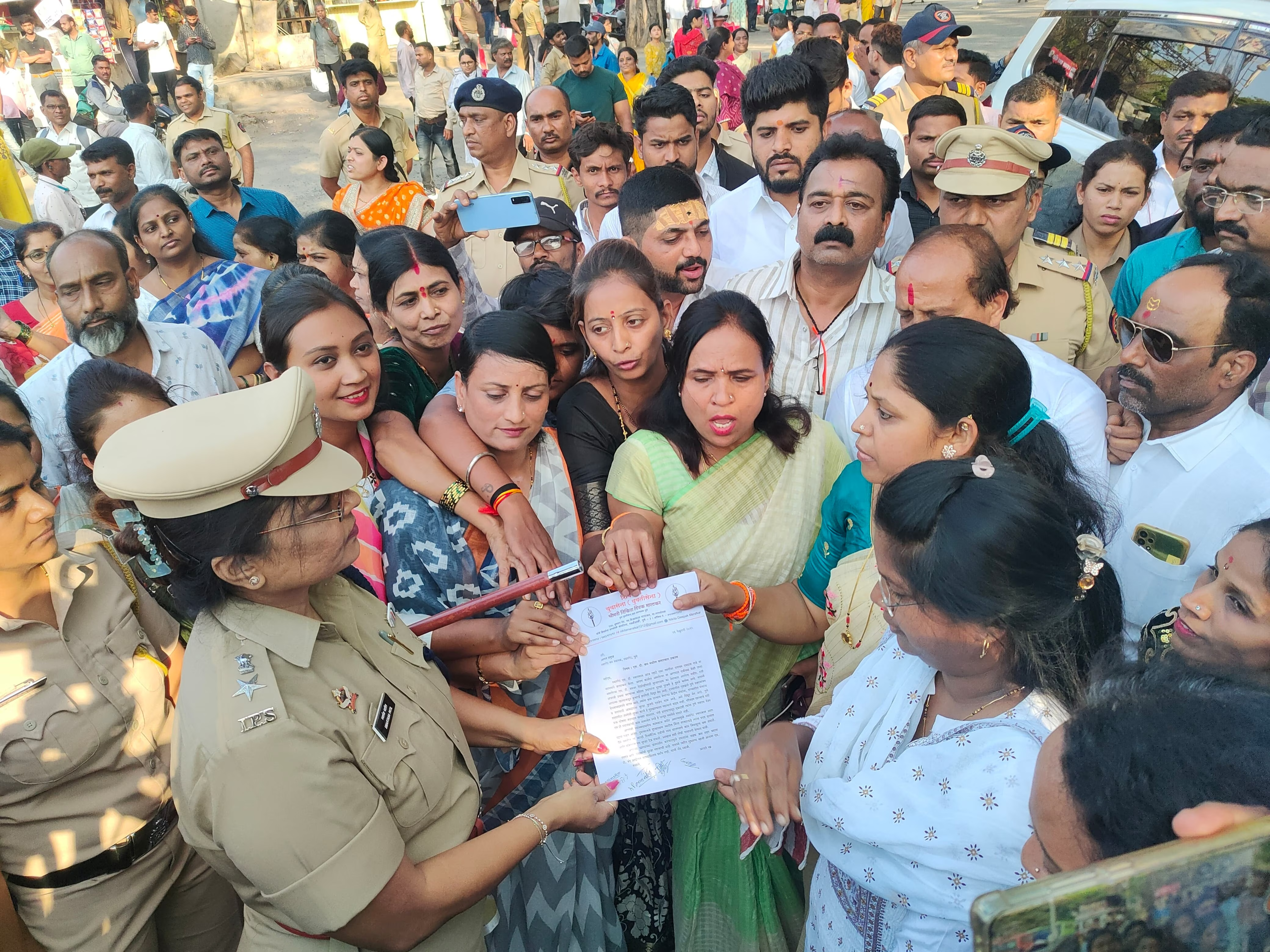

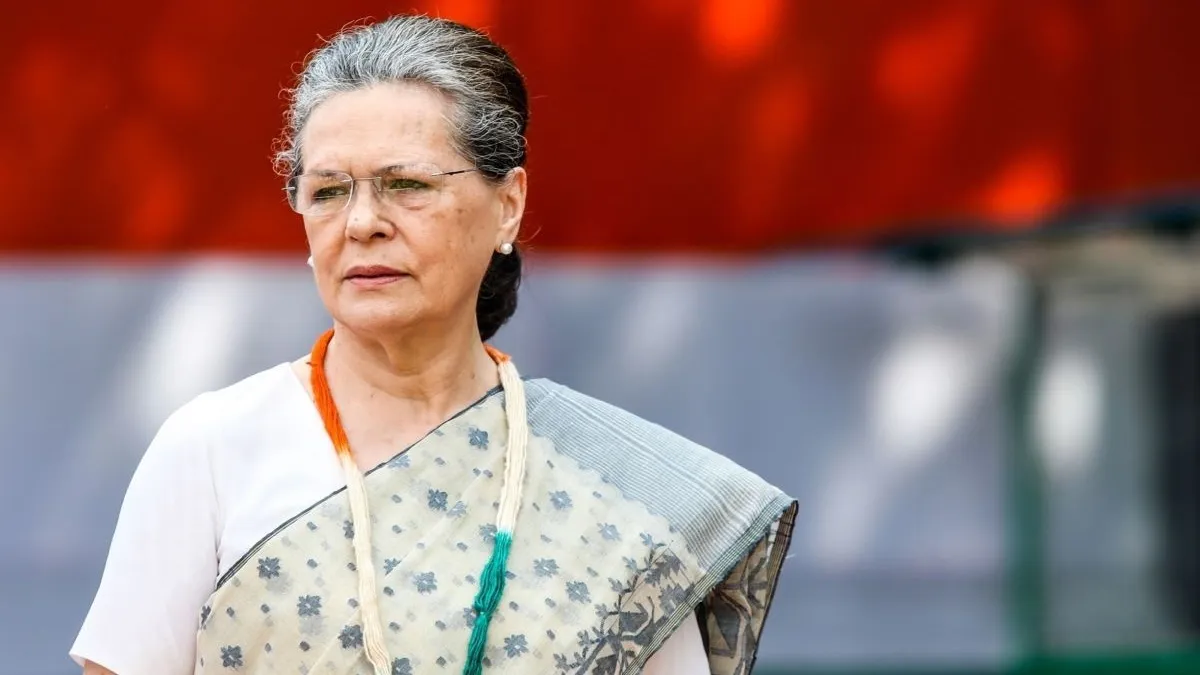
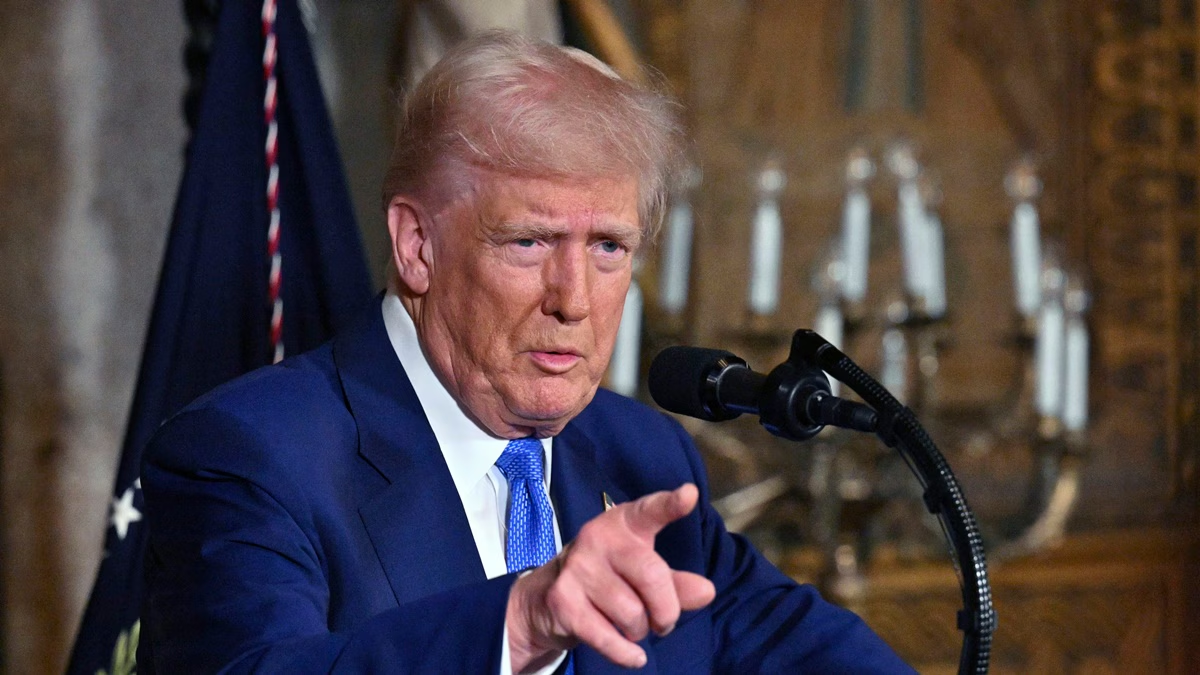
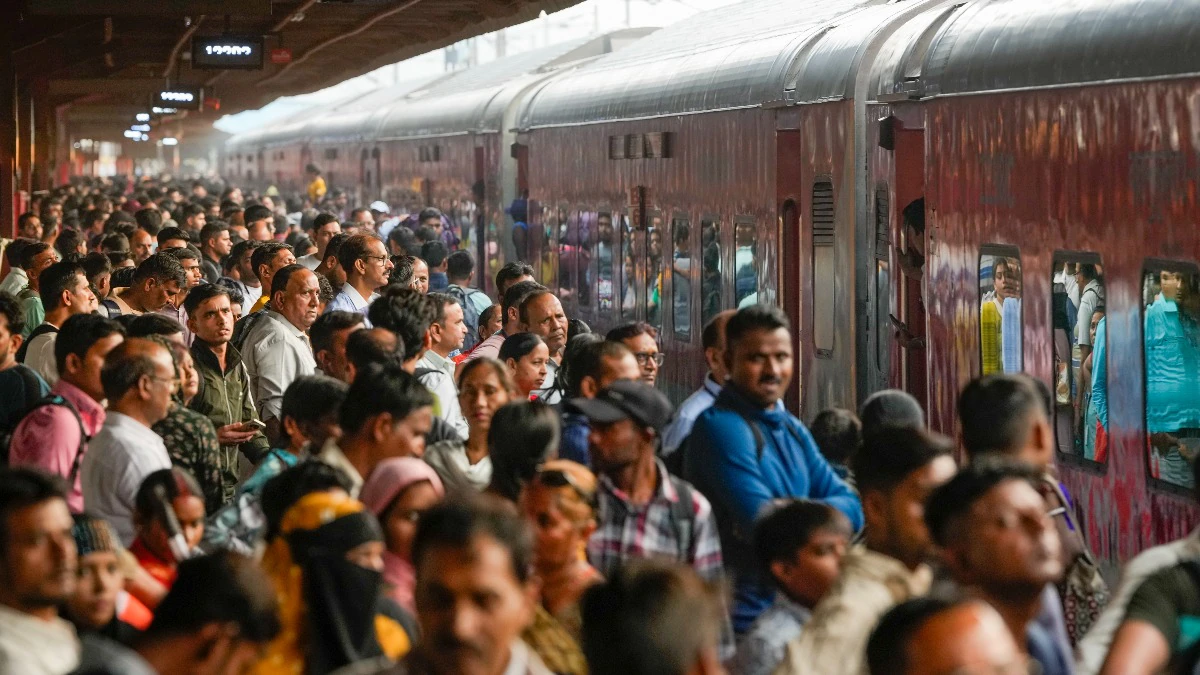
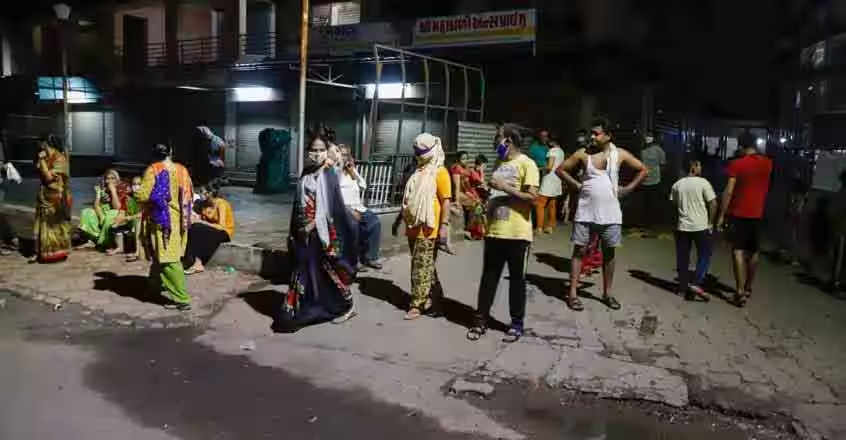






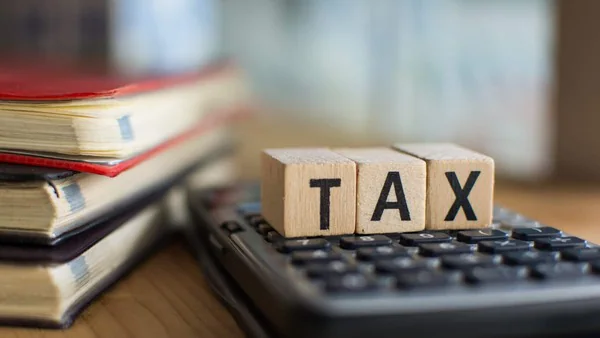







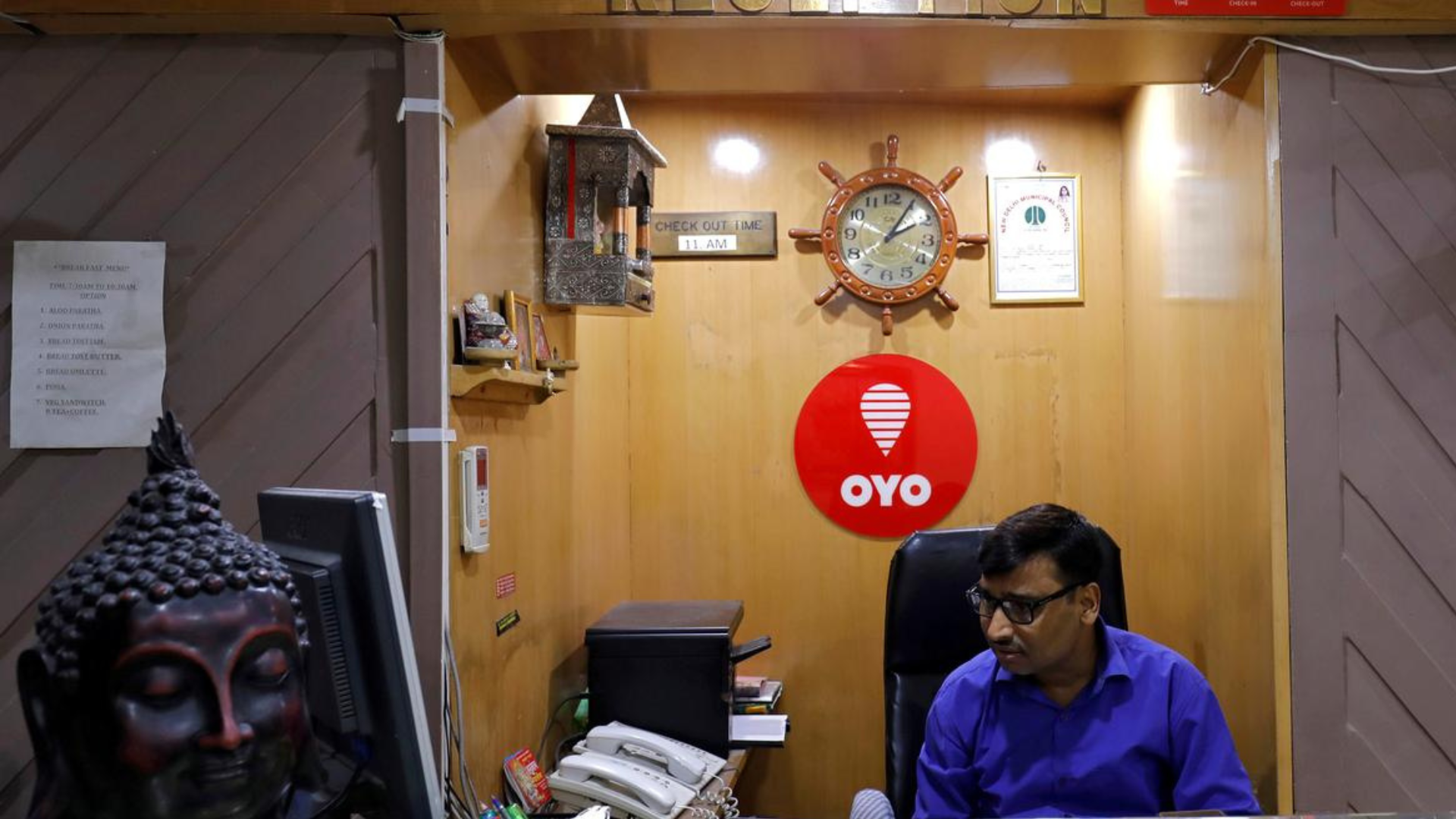

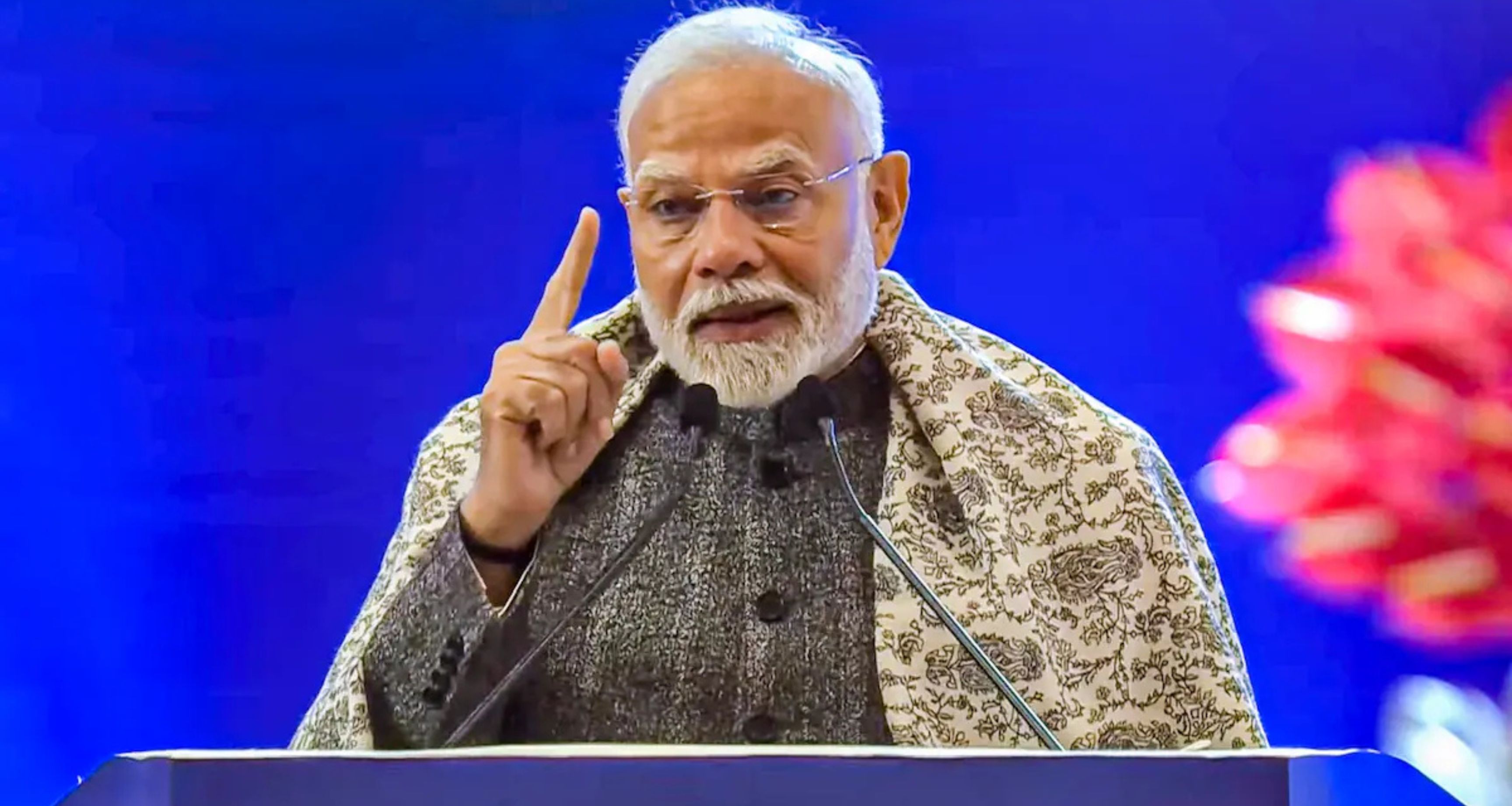
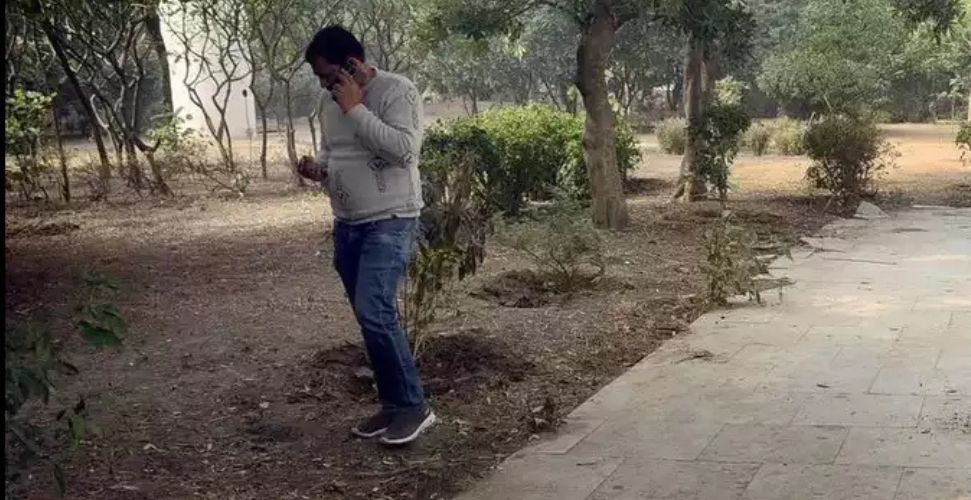

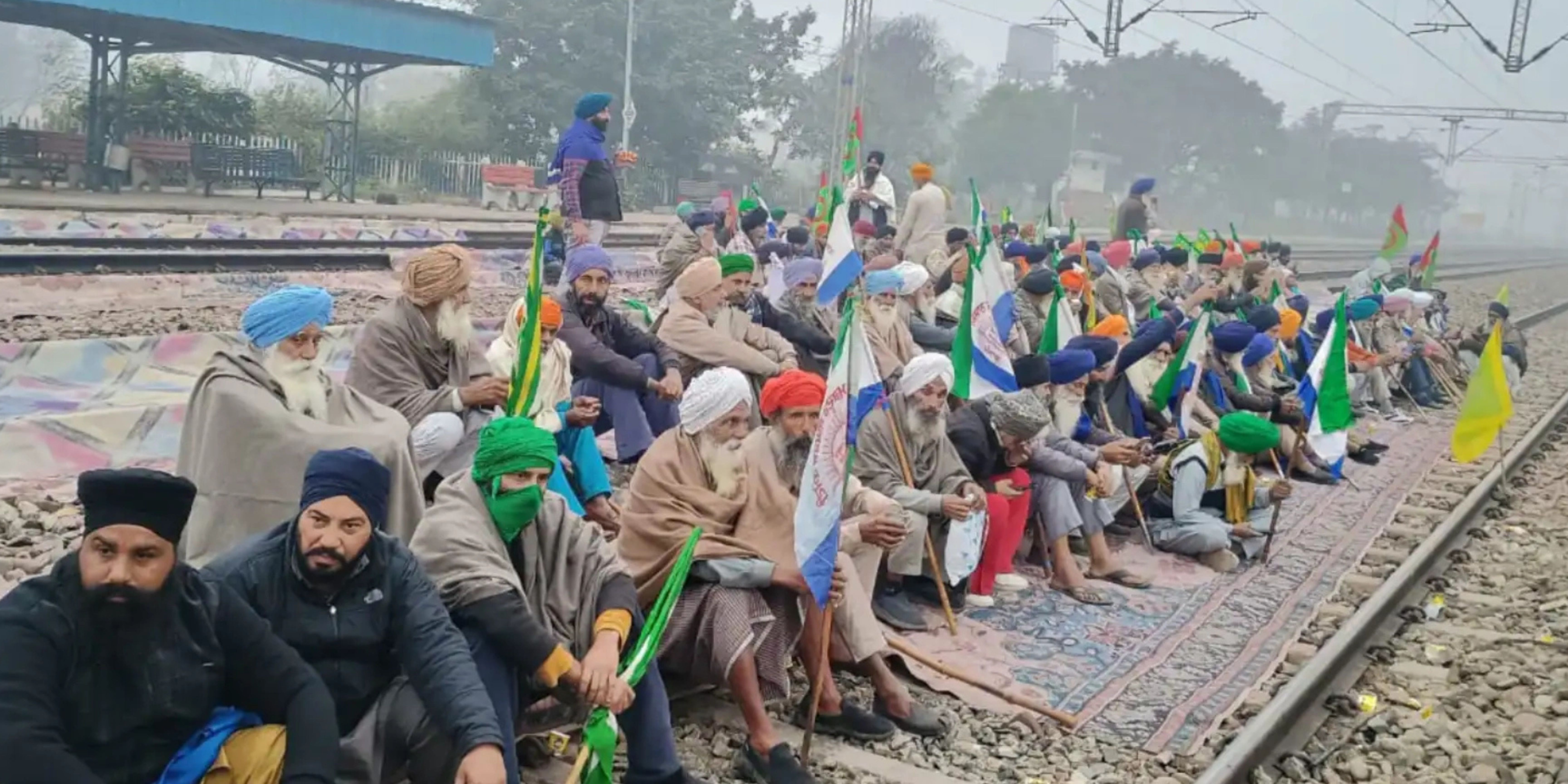
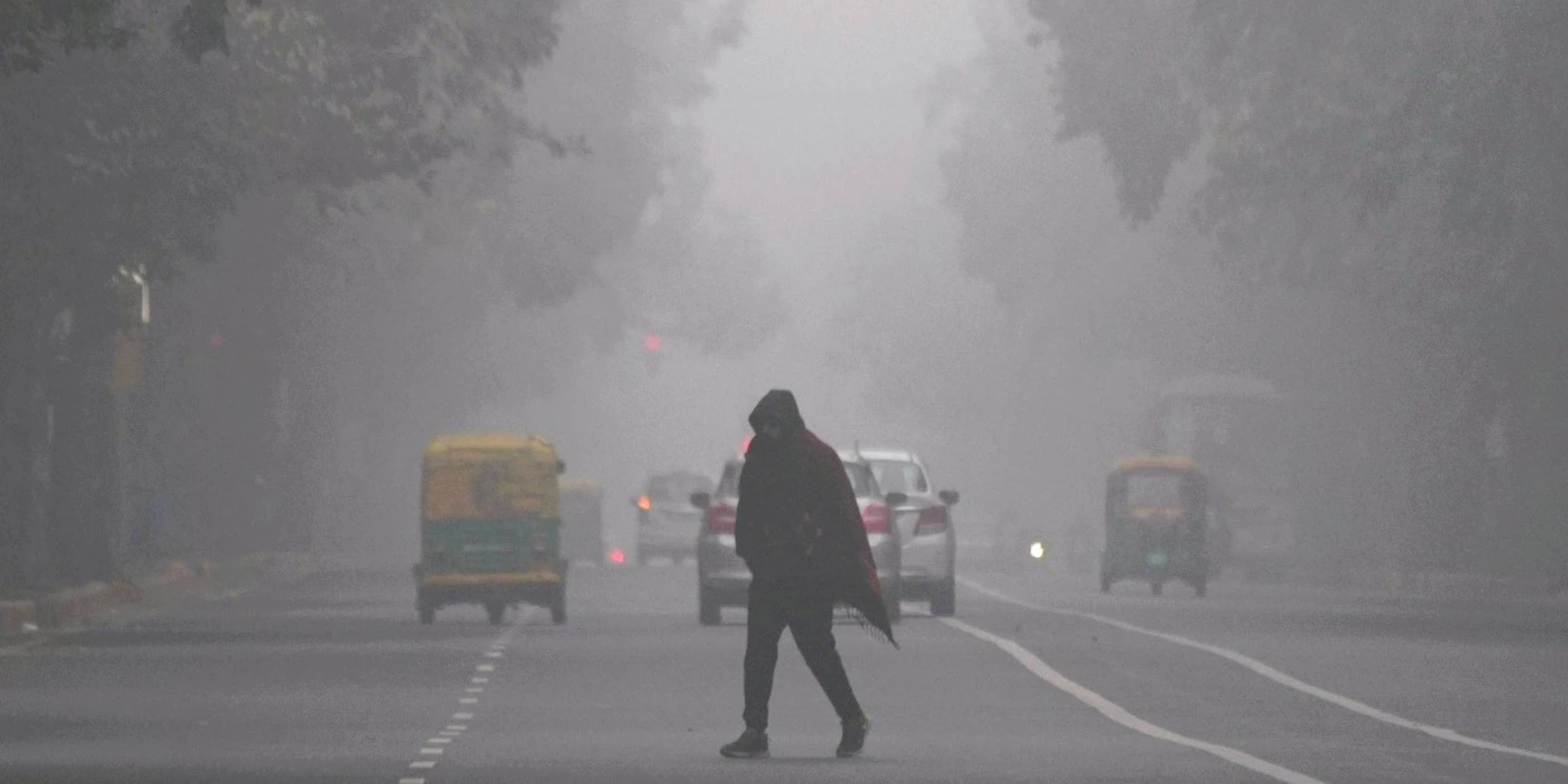
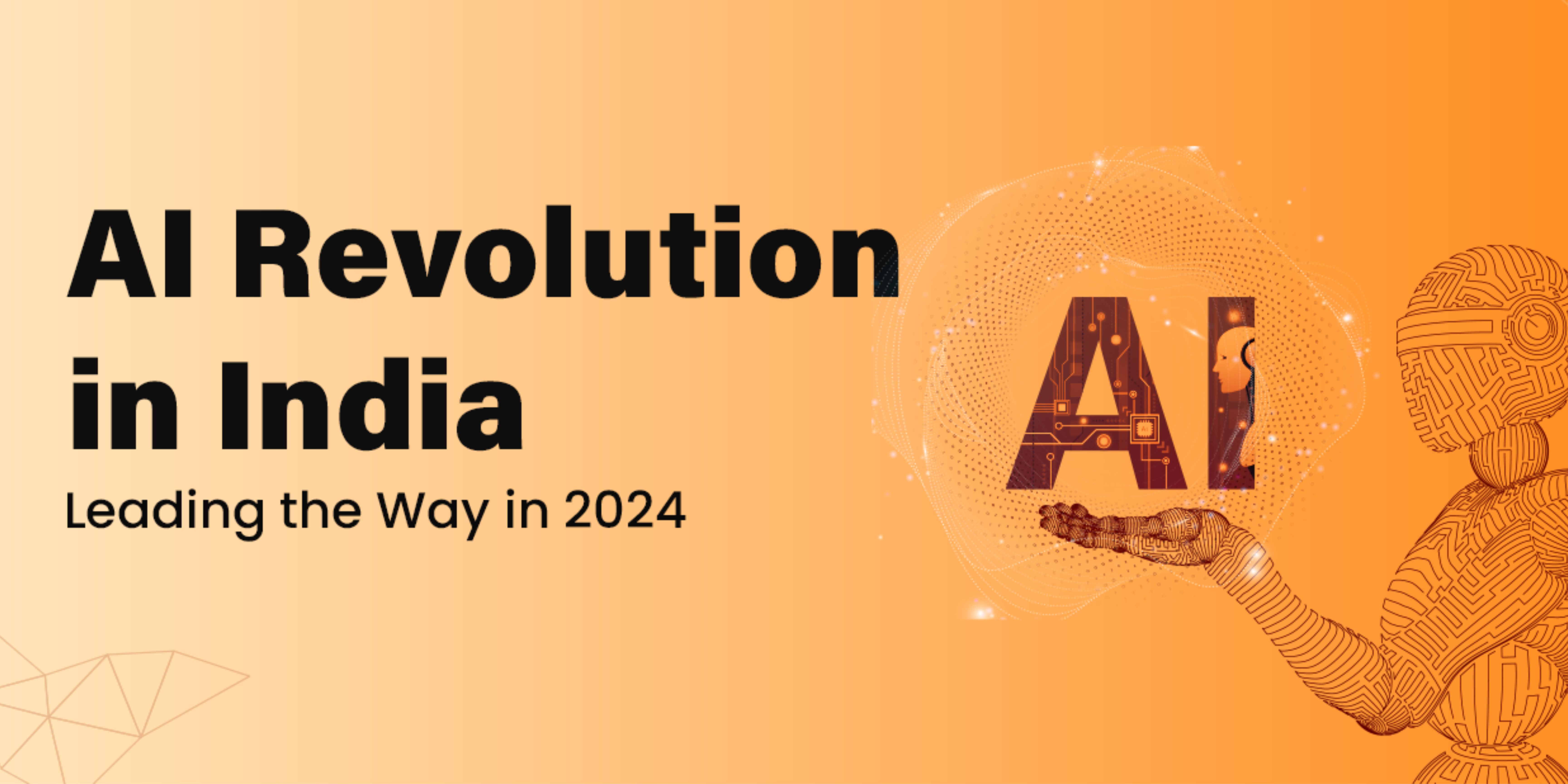



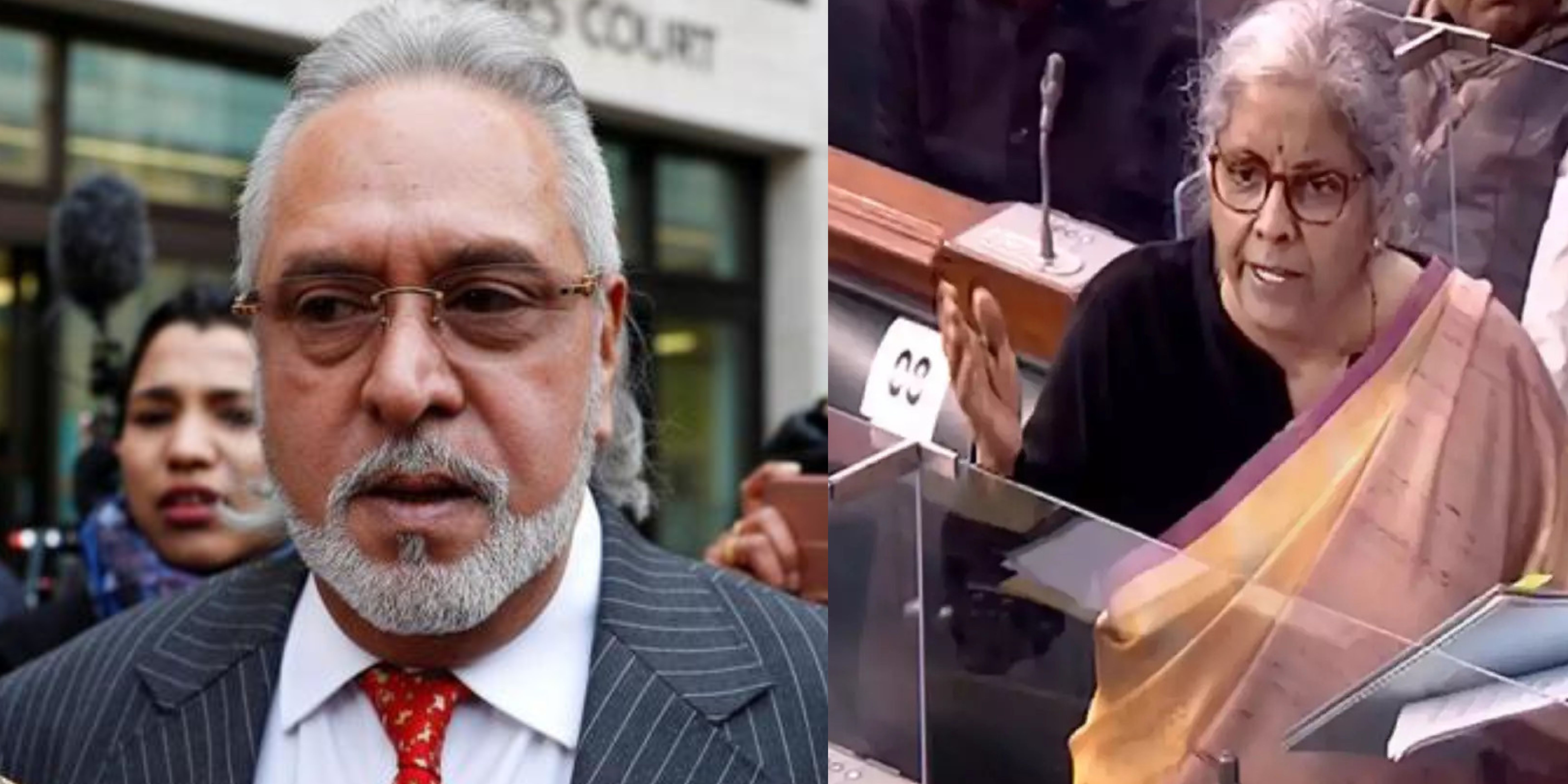
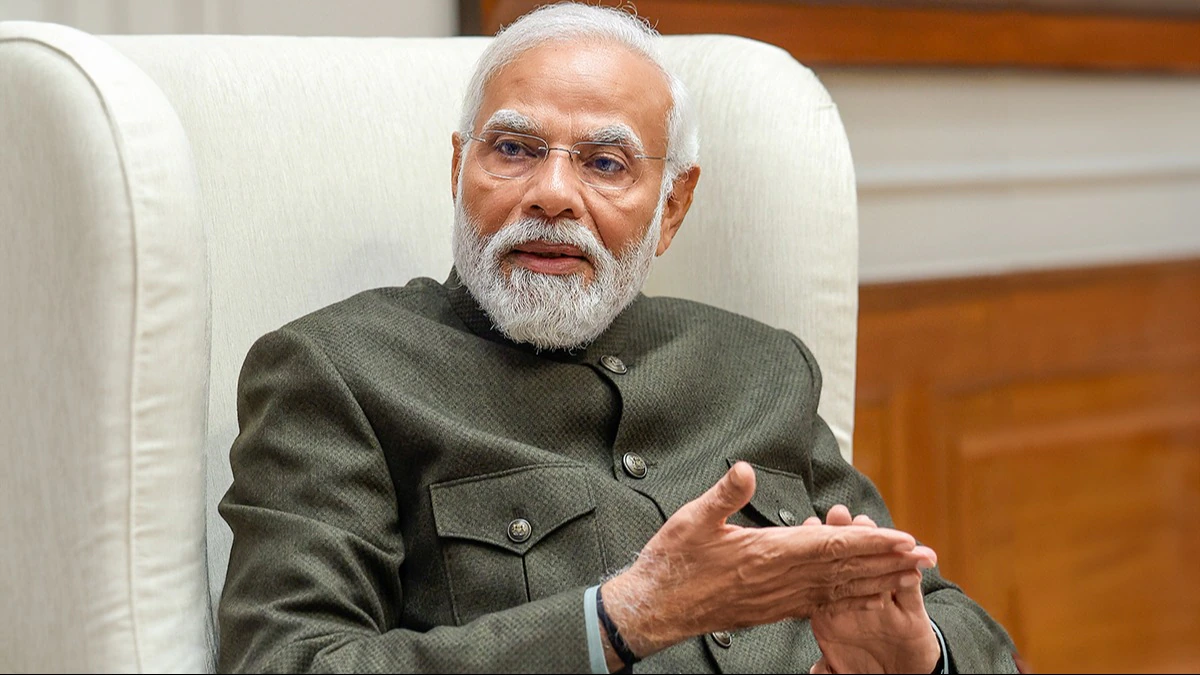
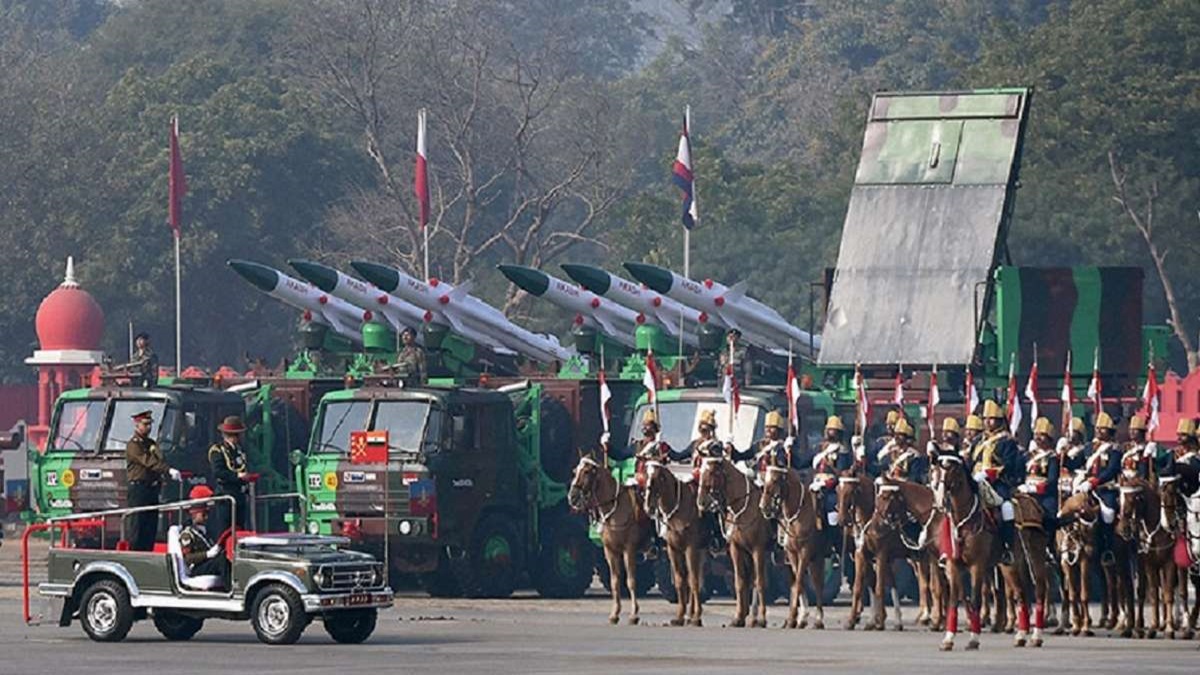

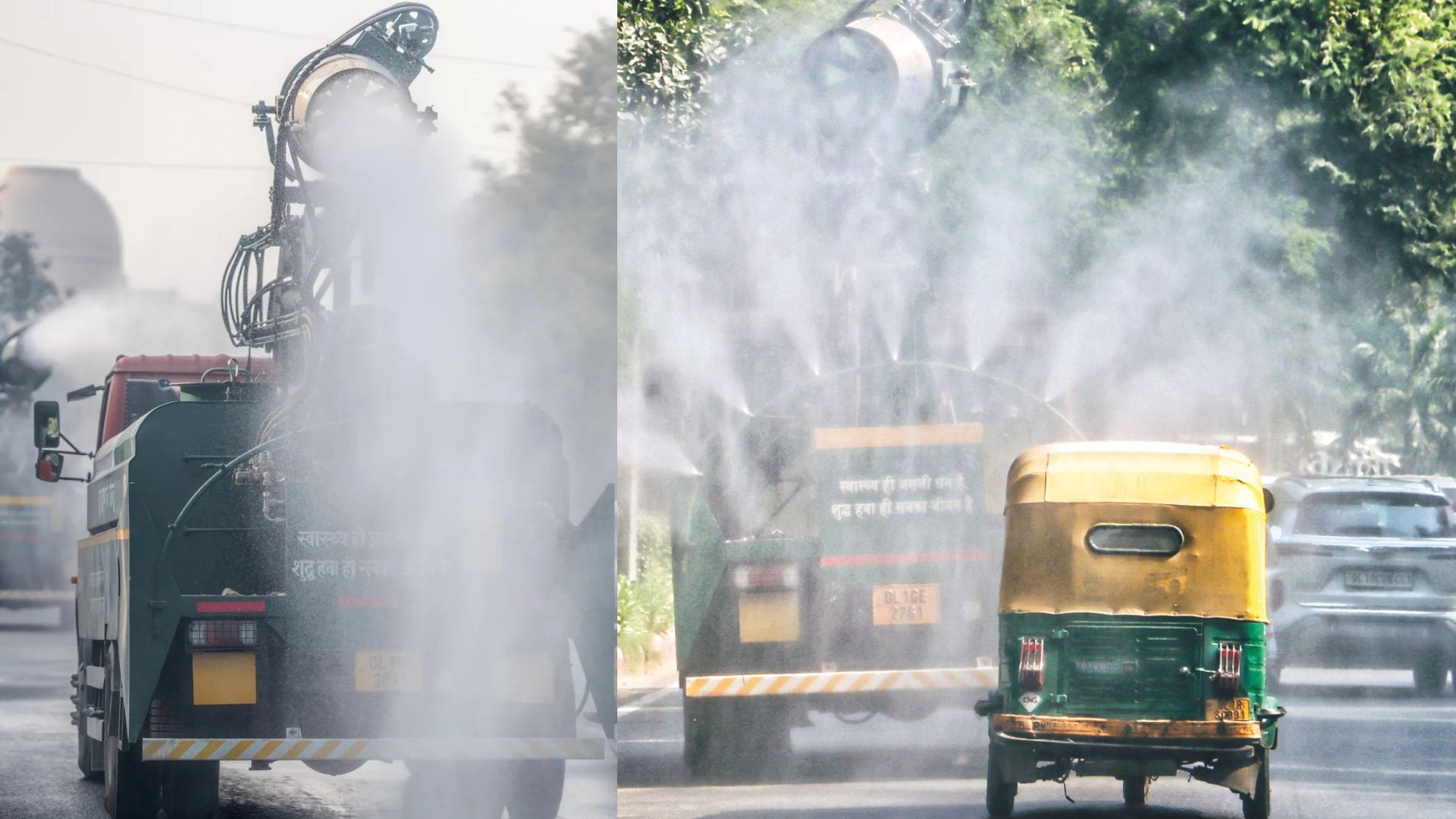
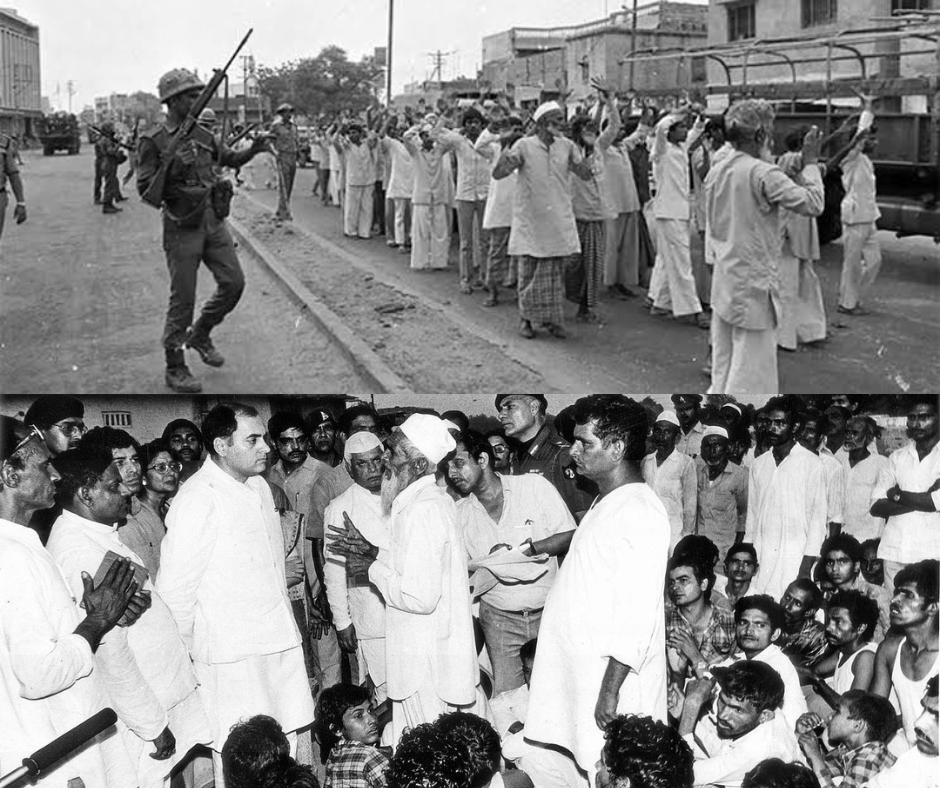


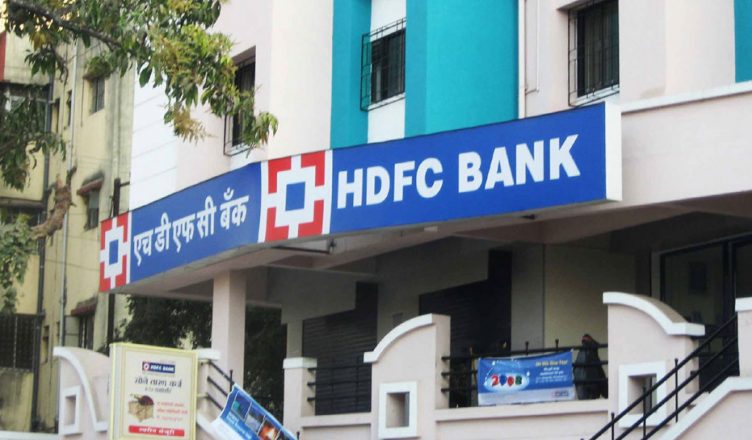

.jfif)
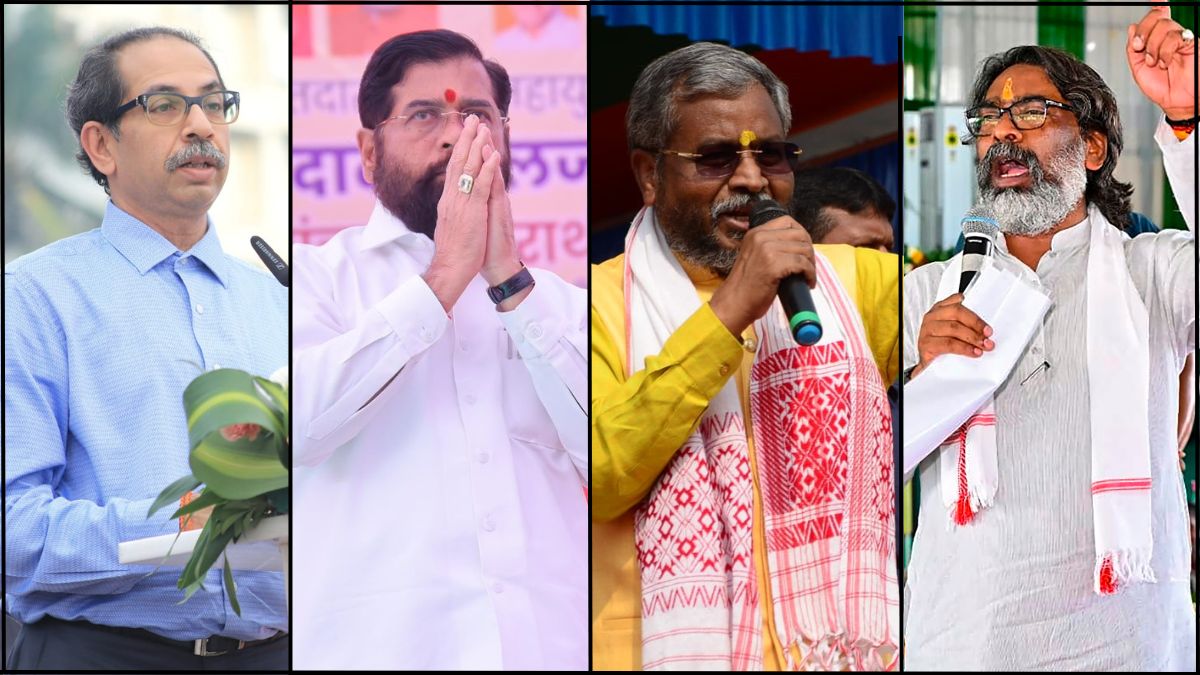


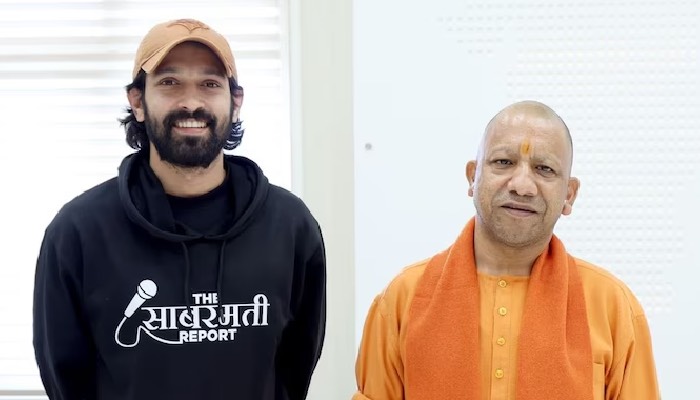
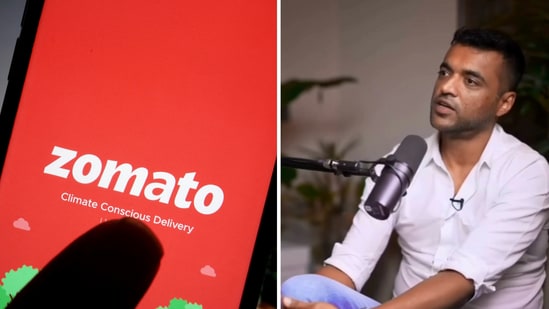
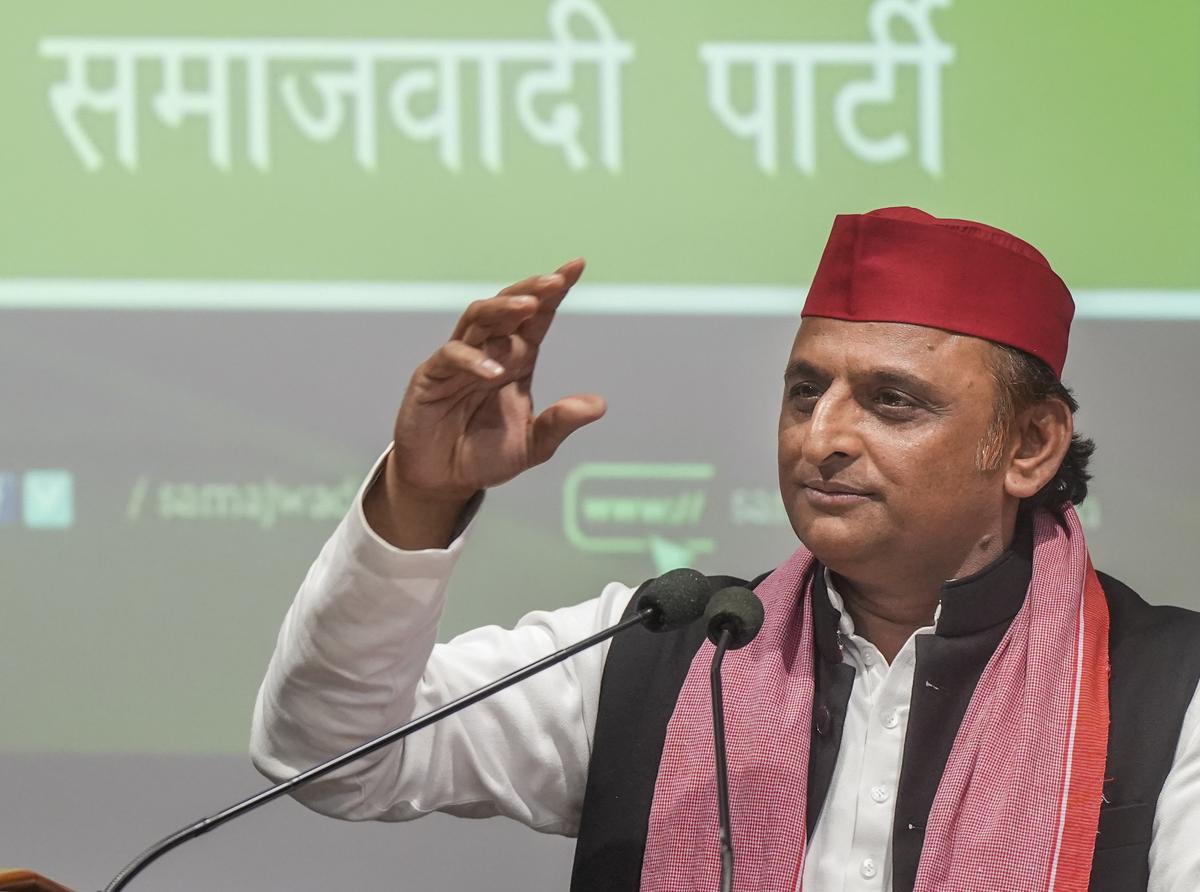

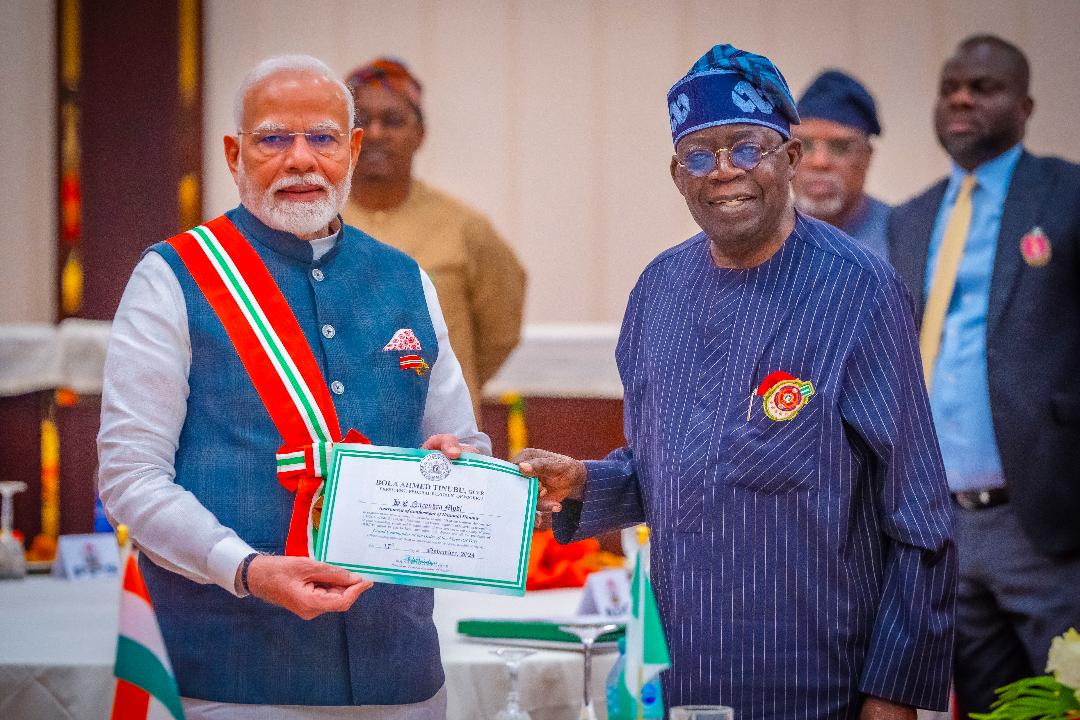

.jpg)

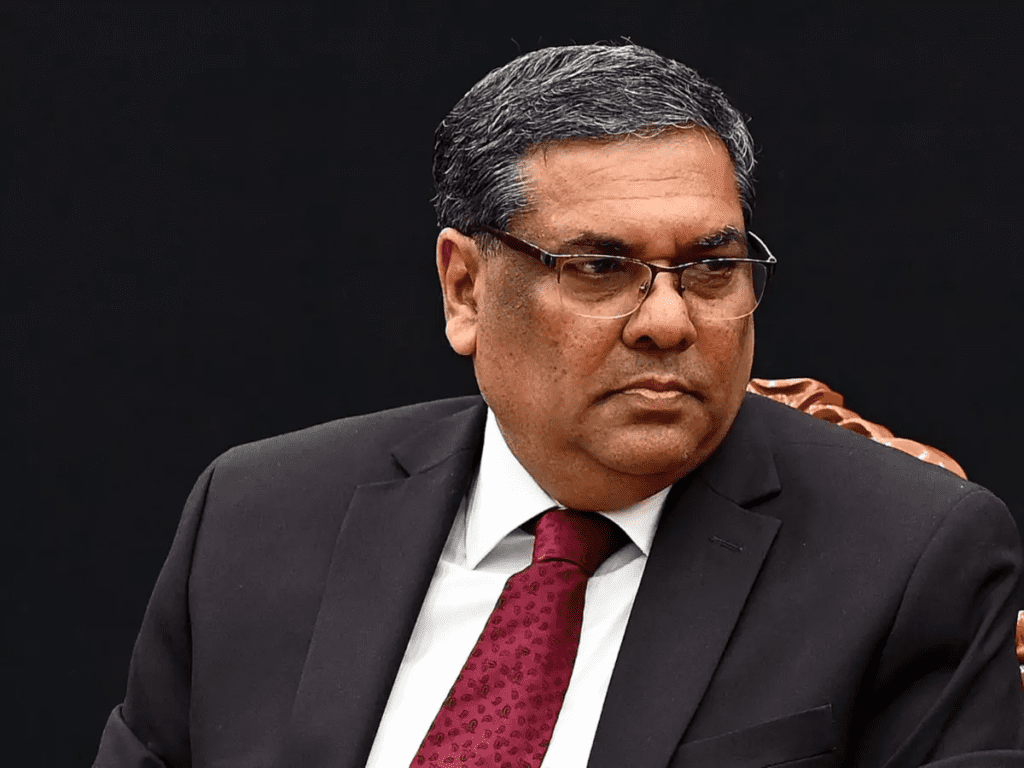

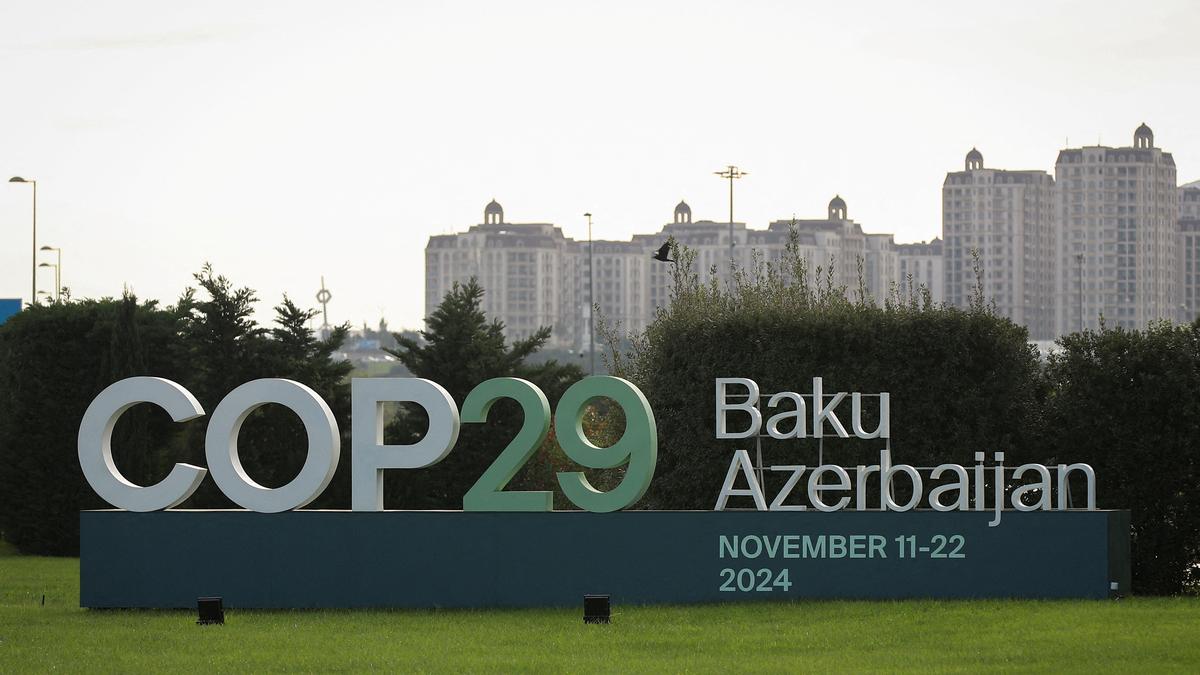


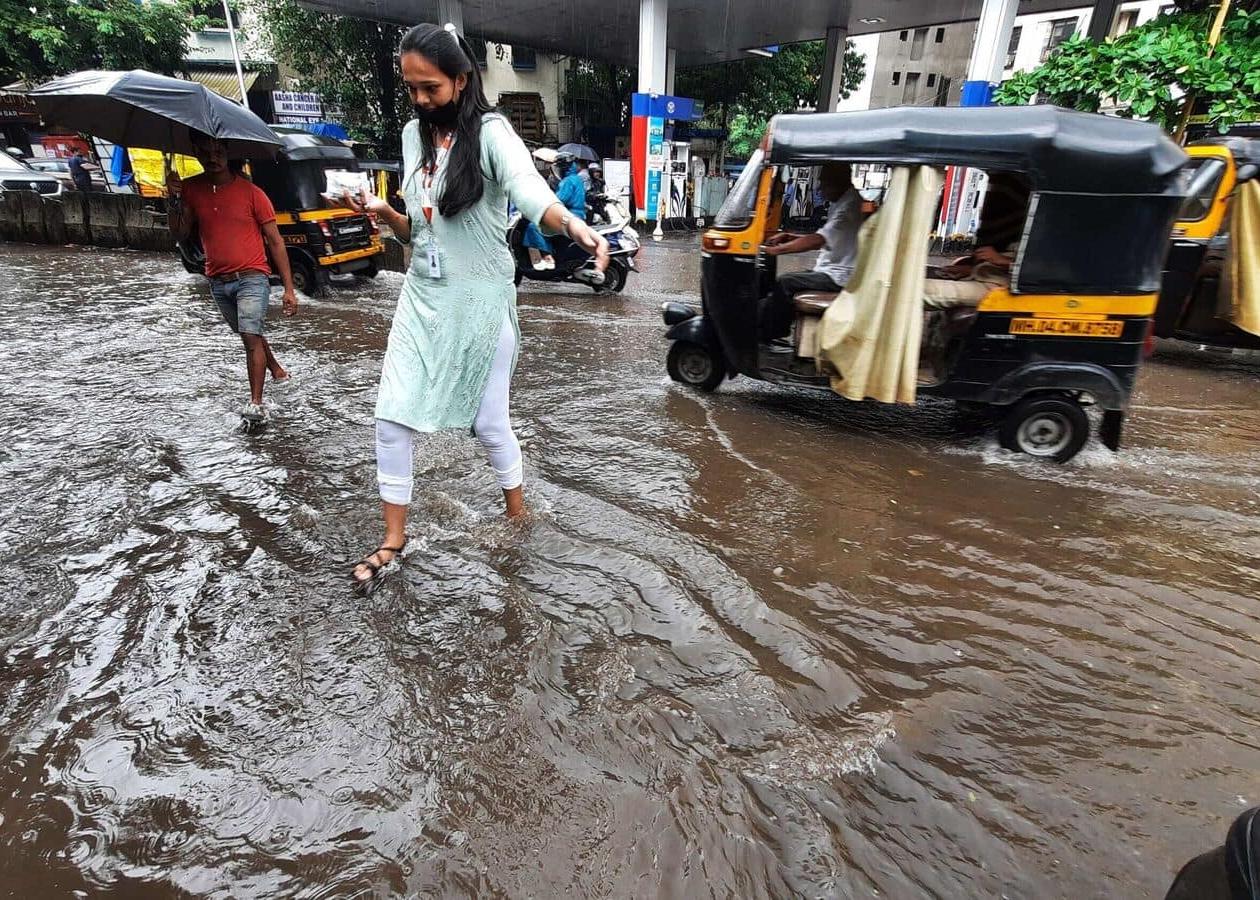
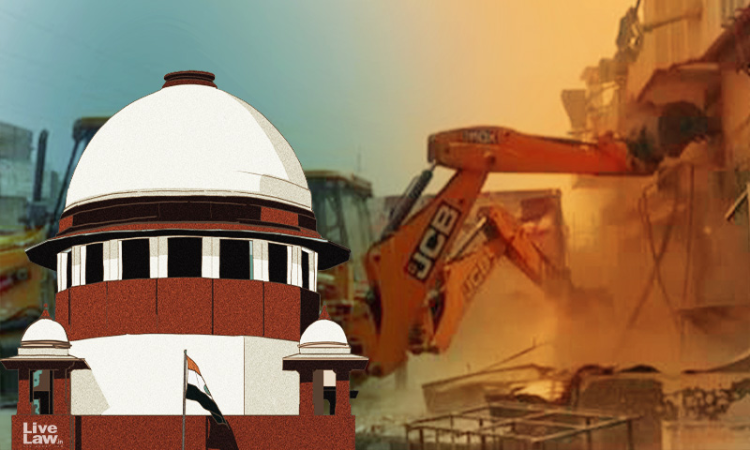



















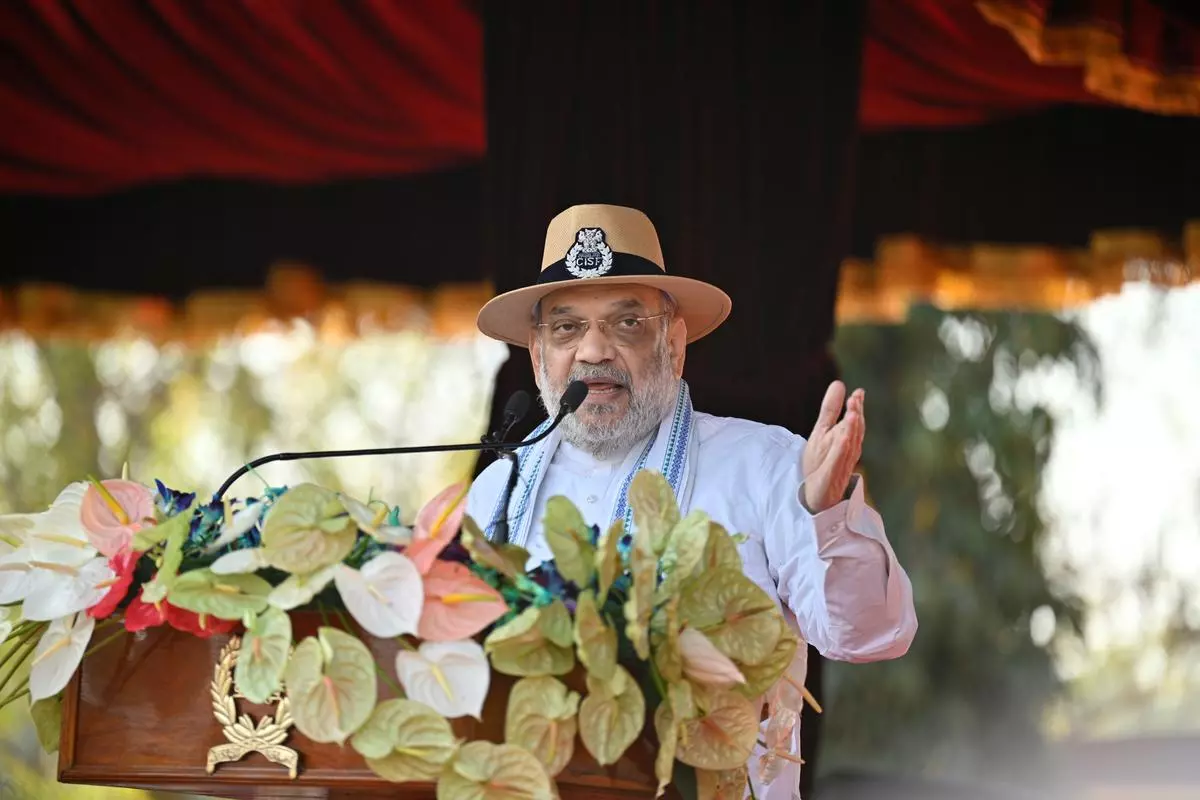





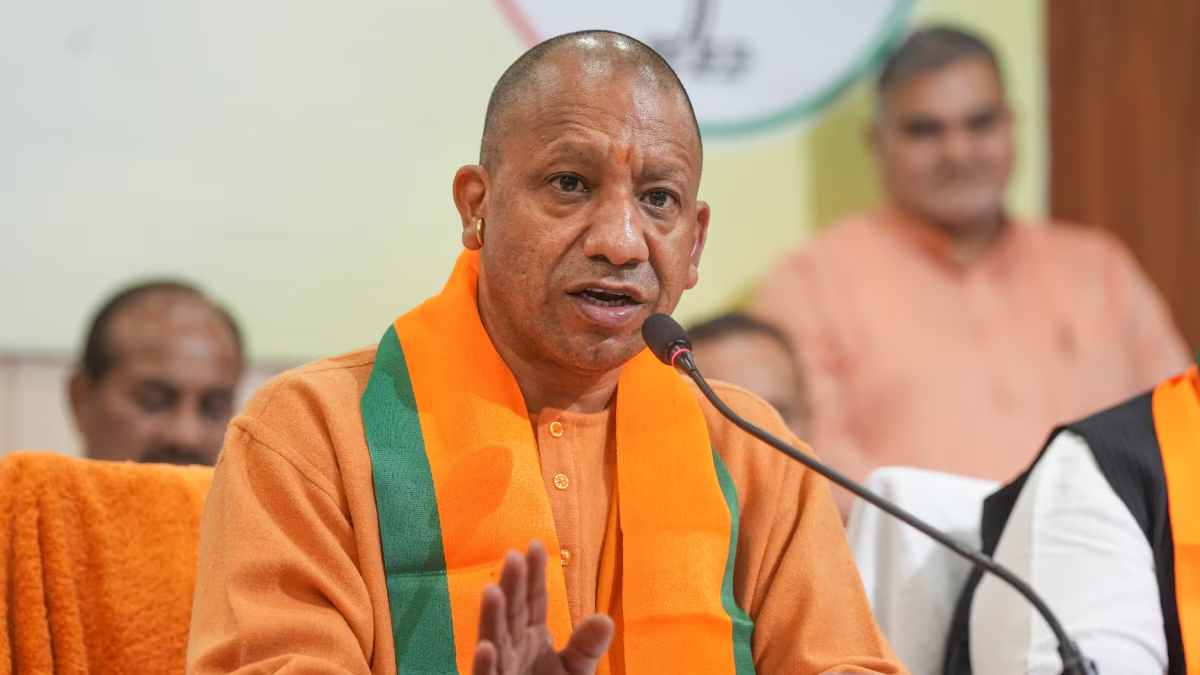
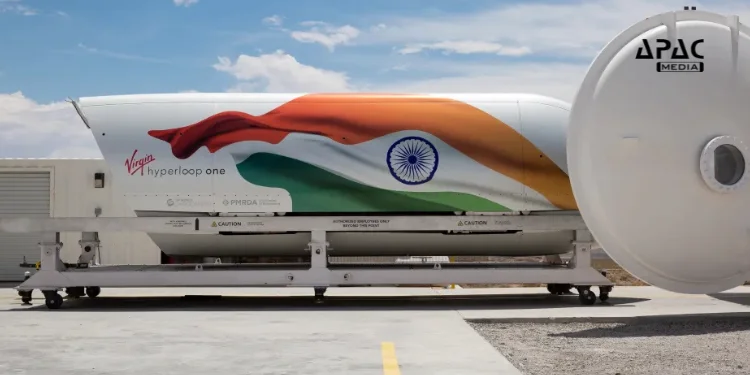

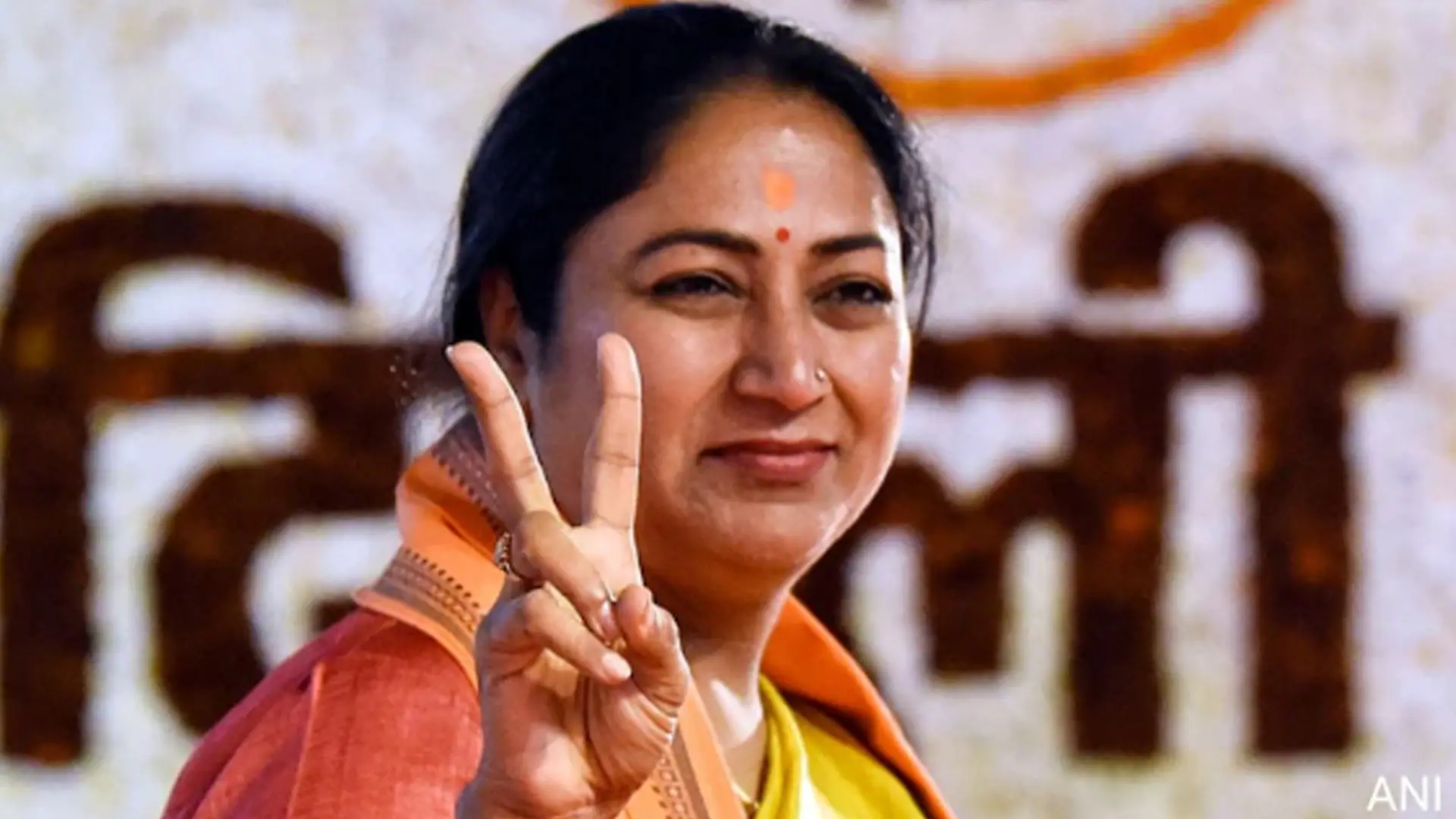

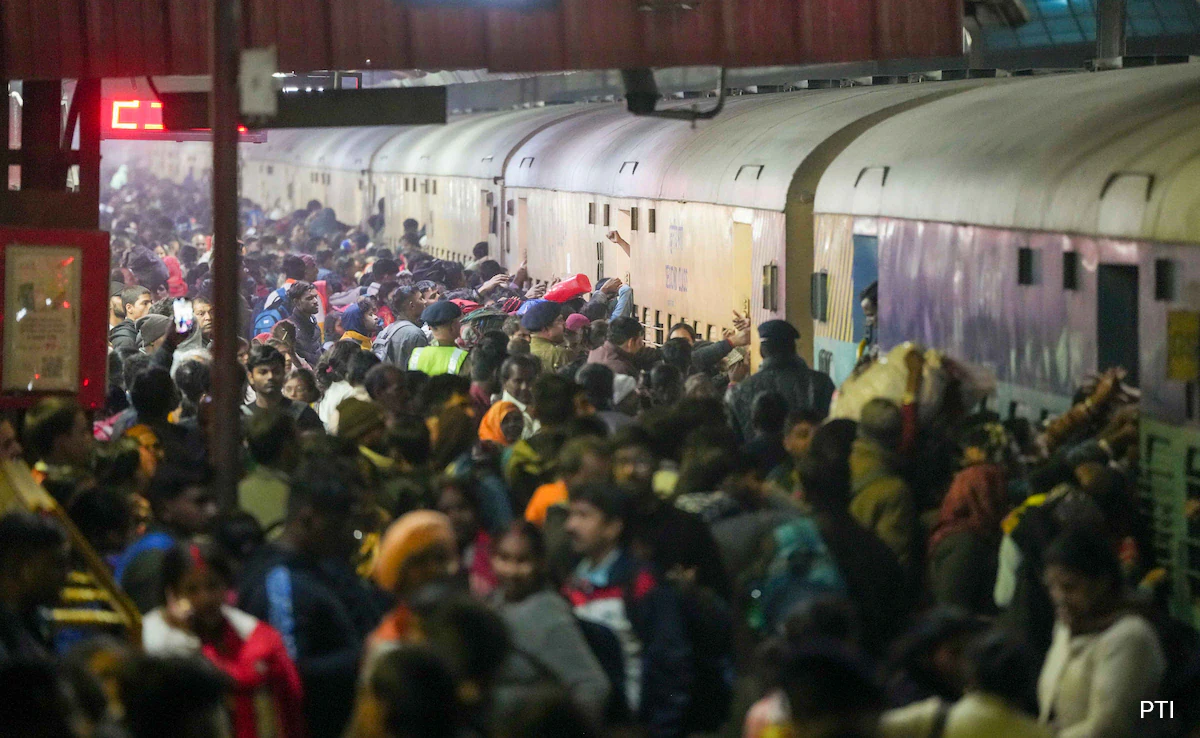
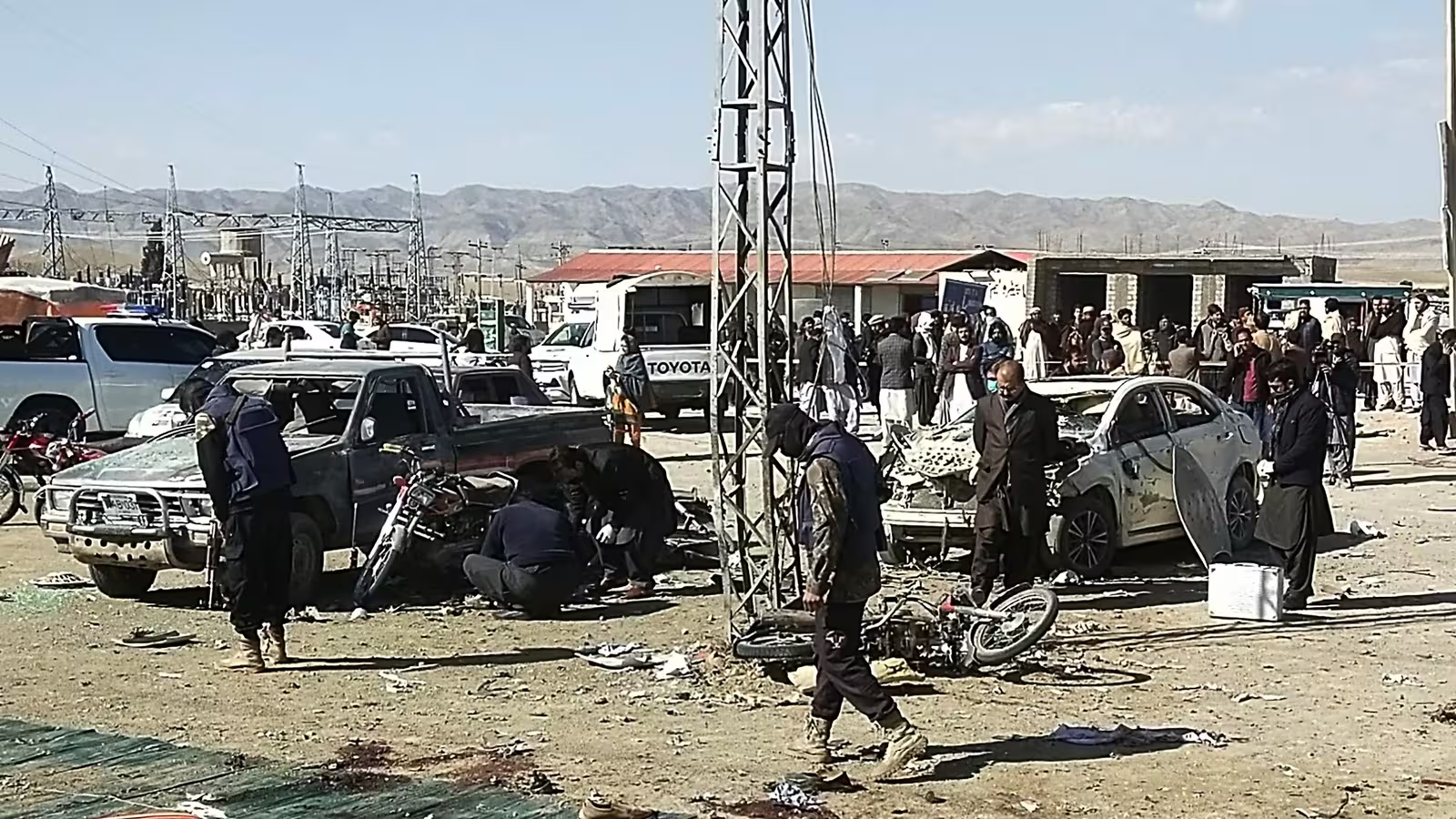
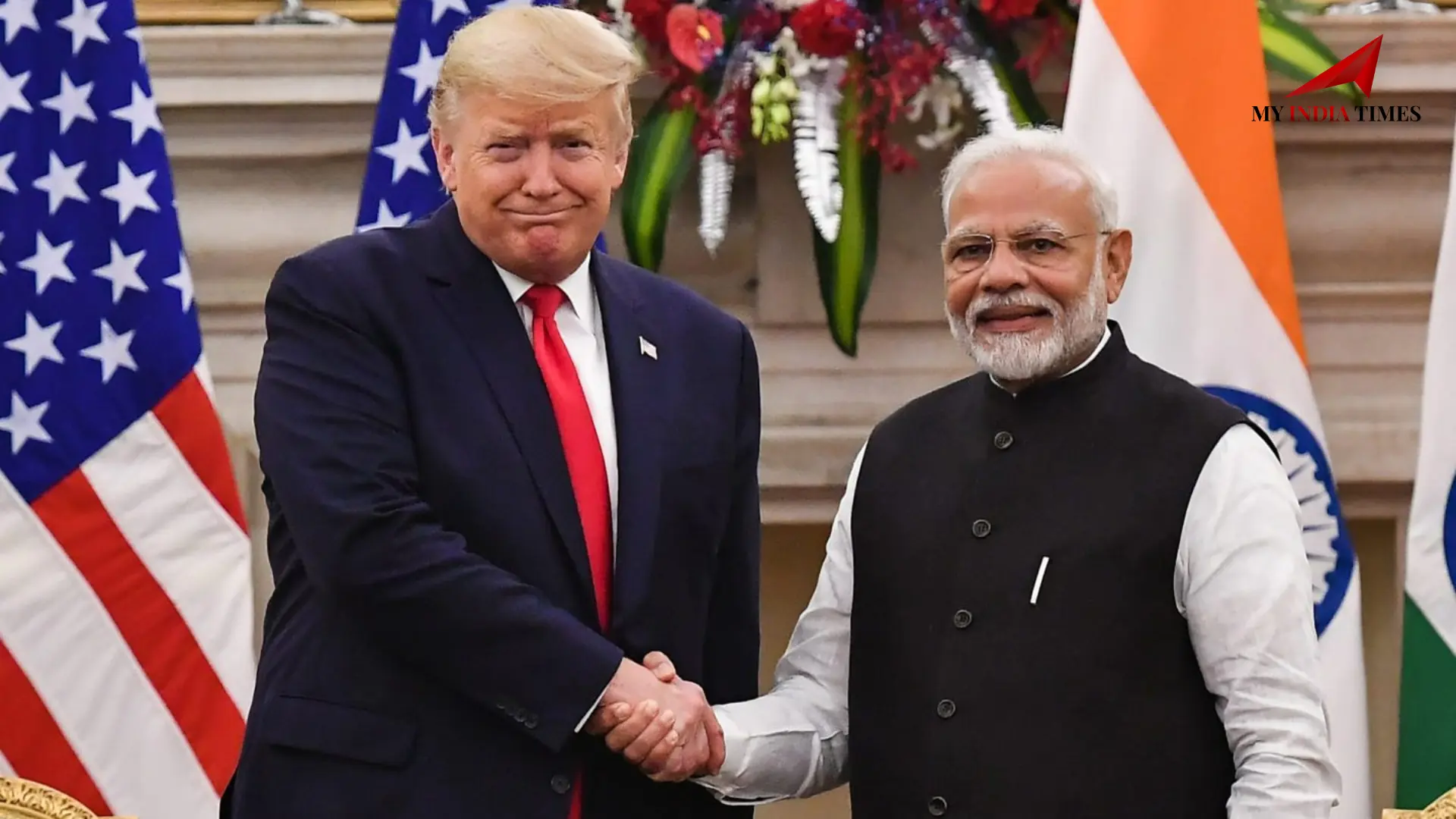
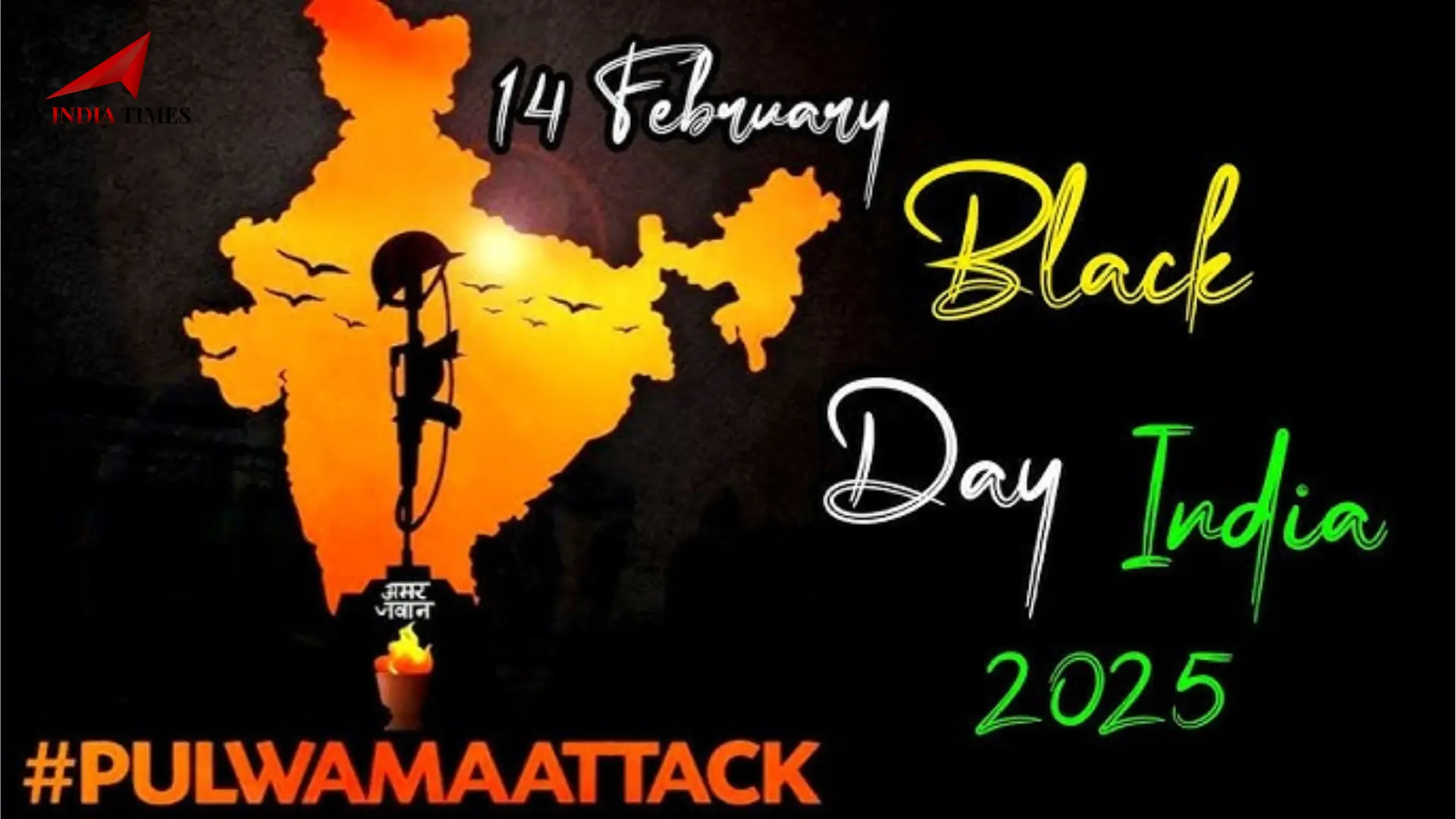
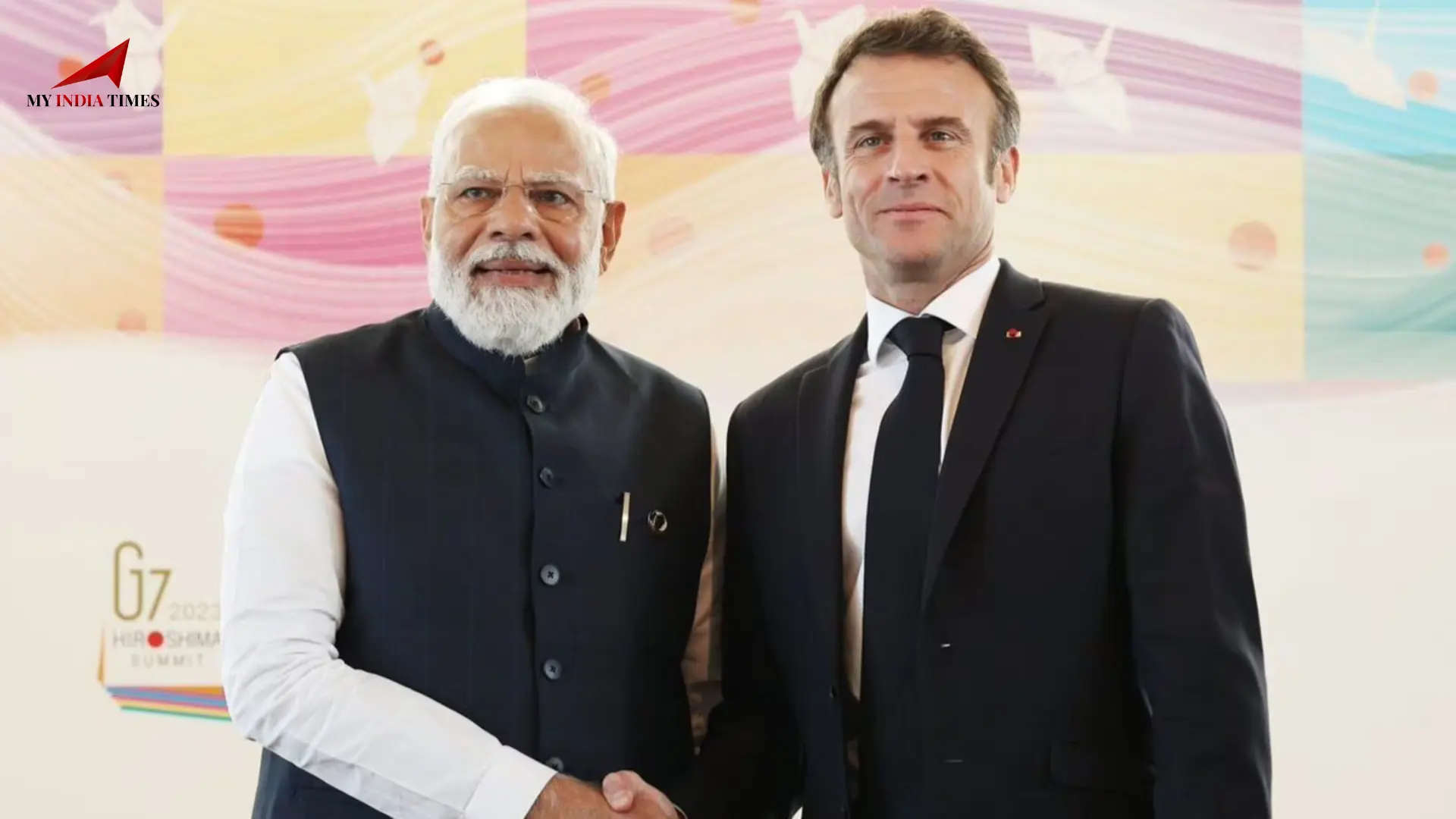
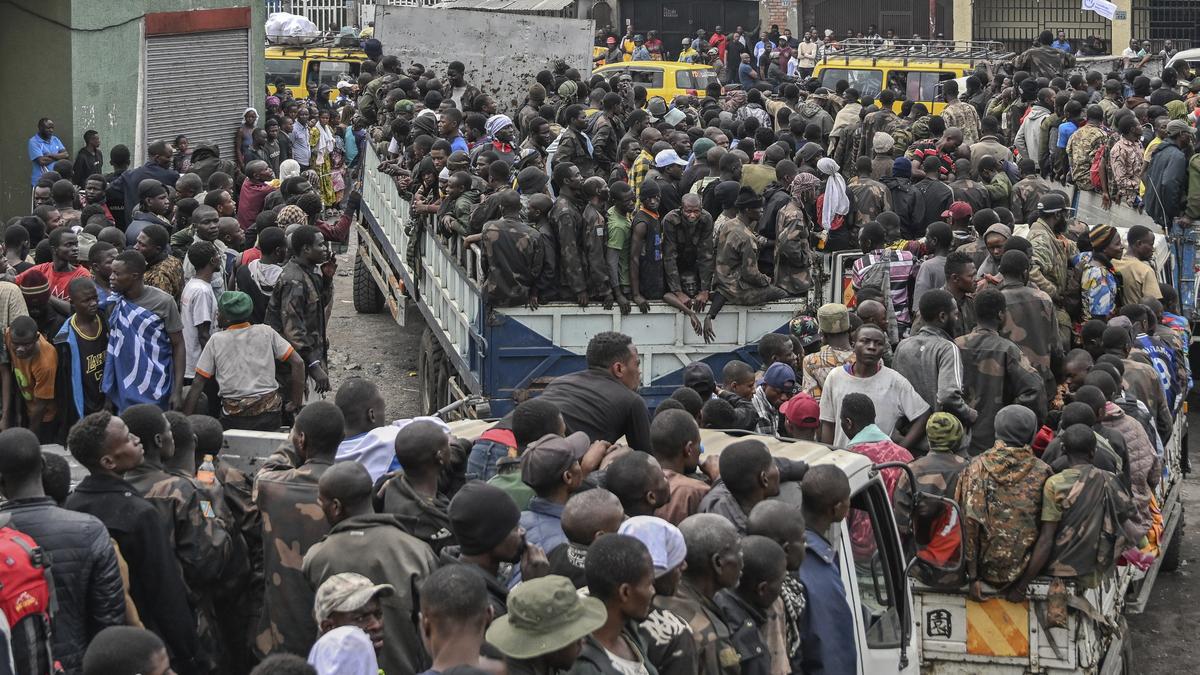
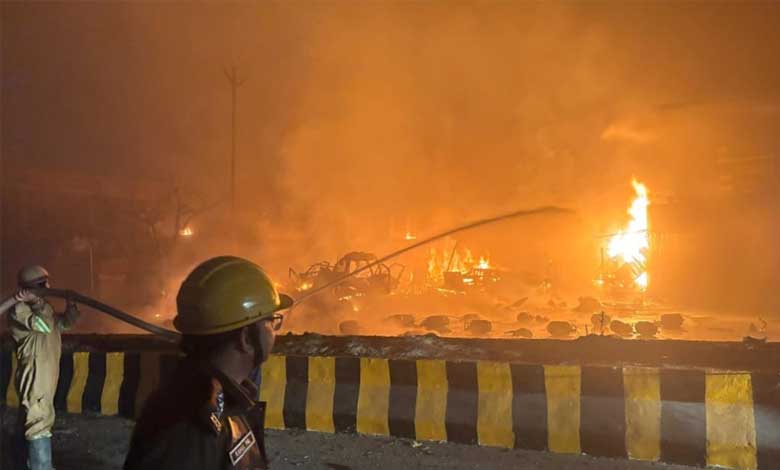




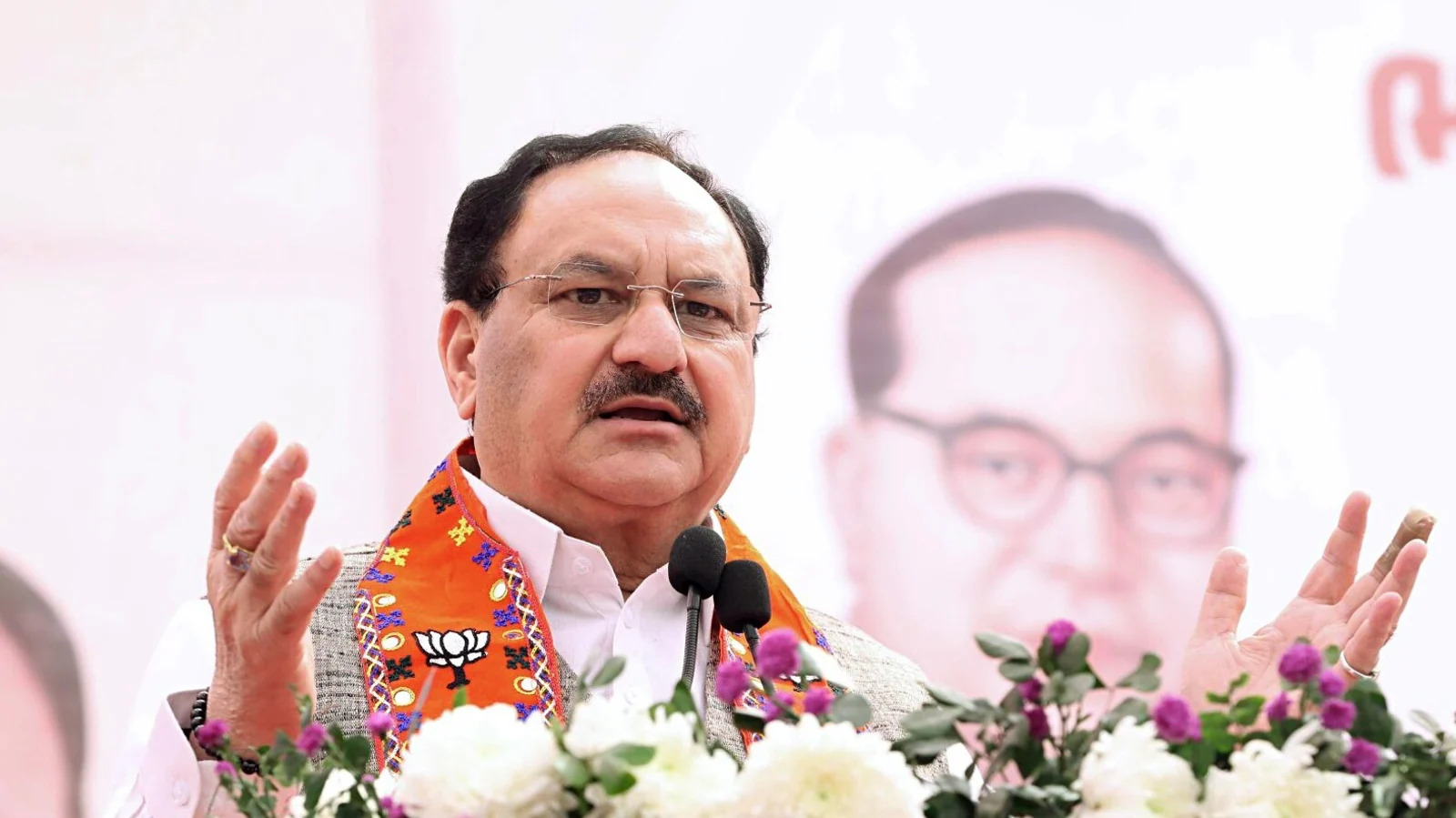
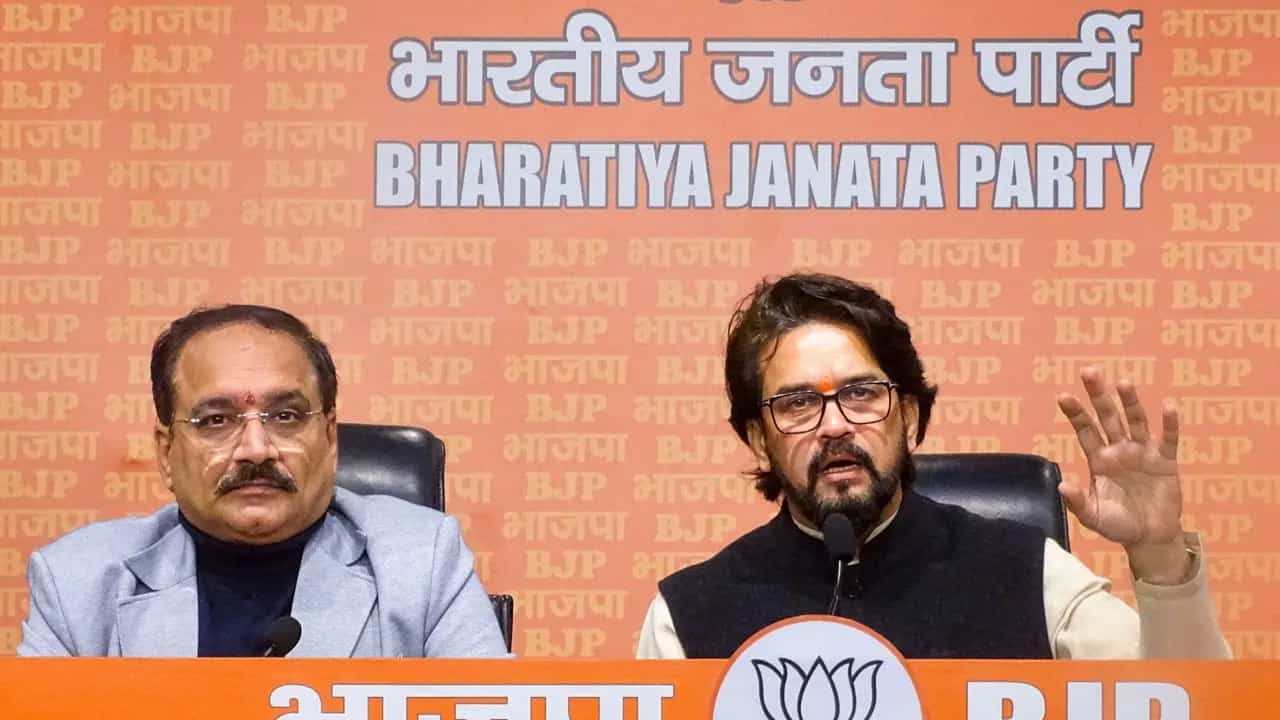


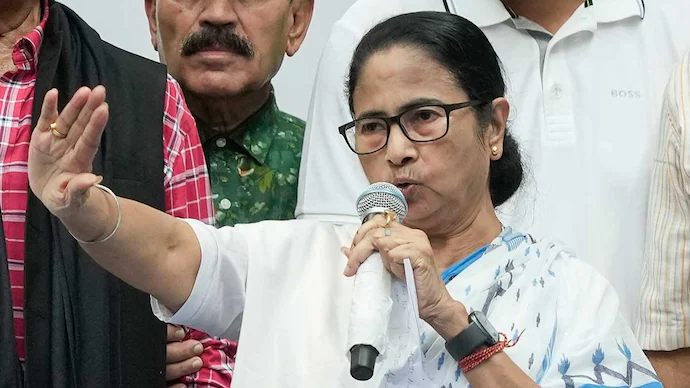



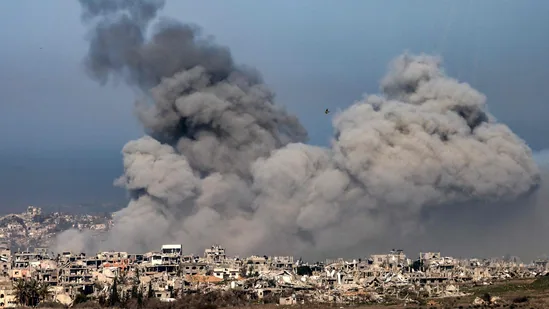
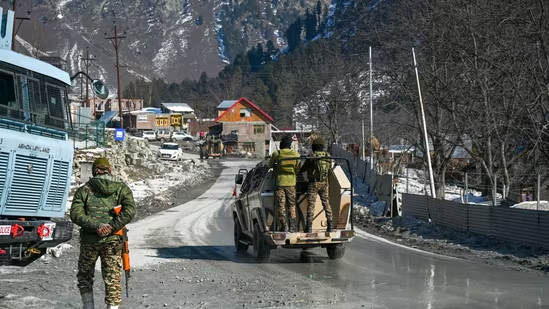

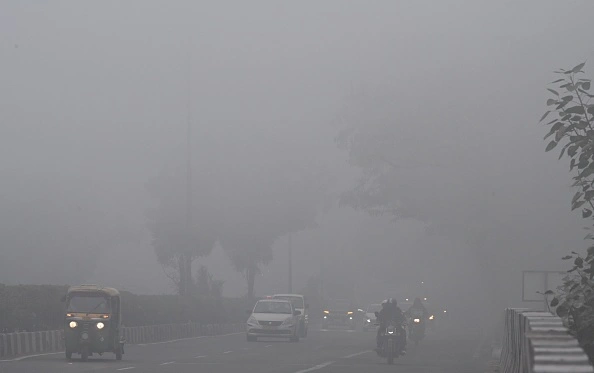

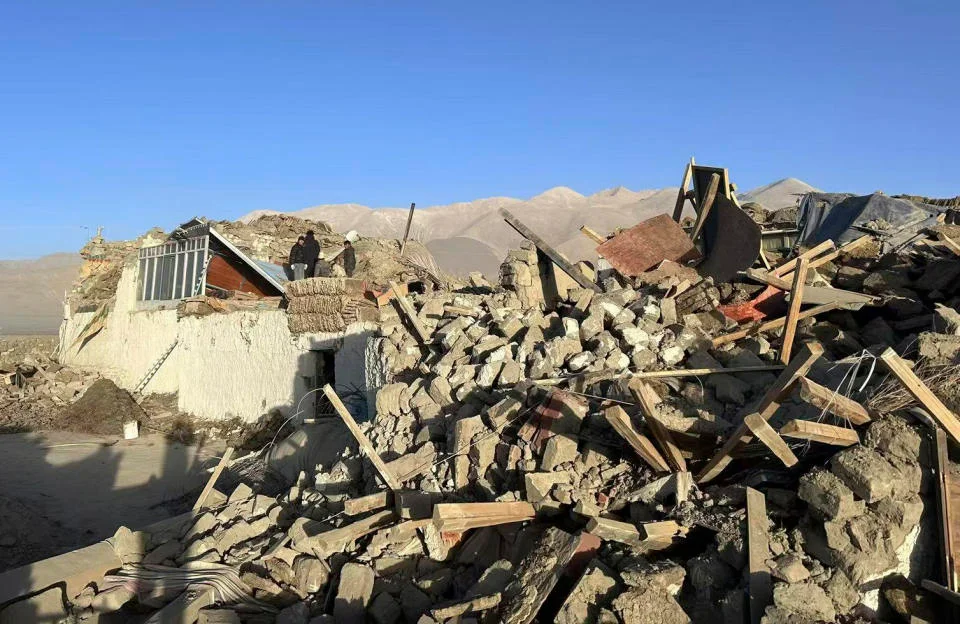


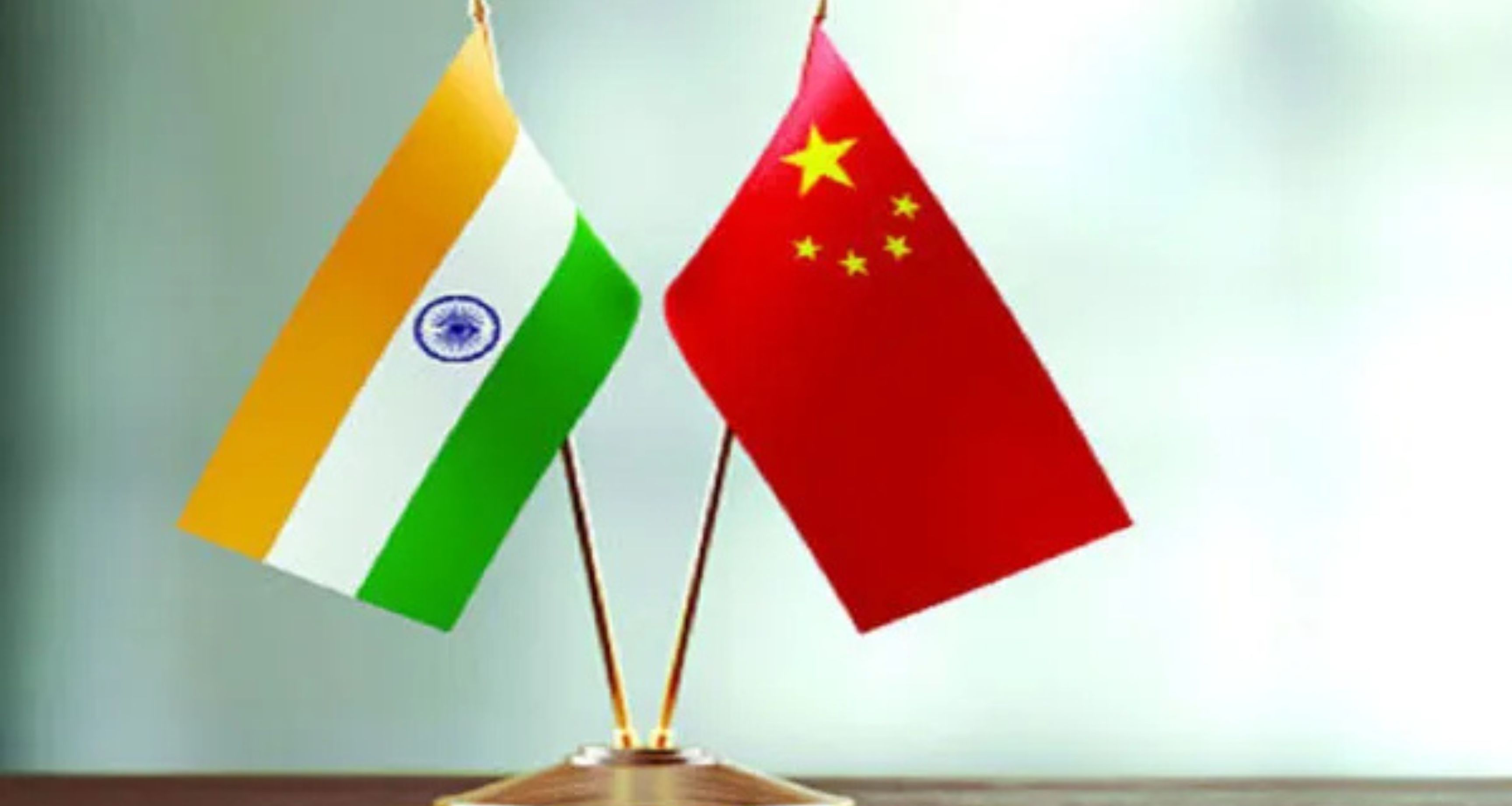
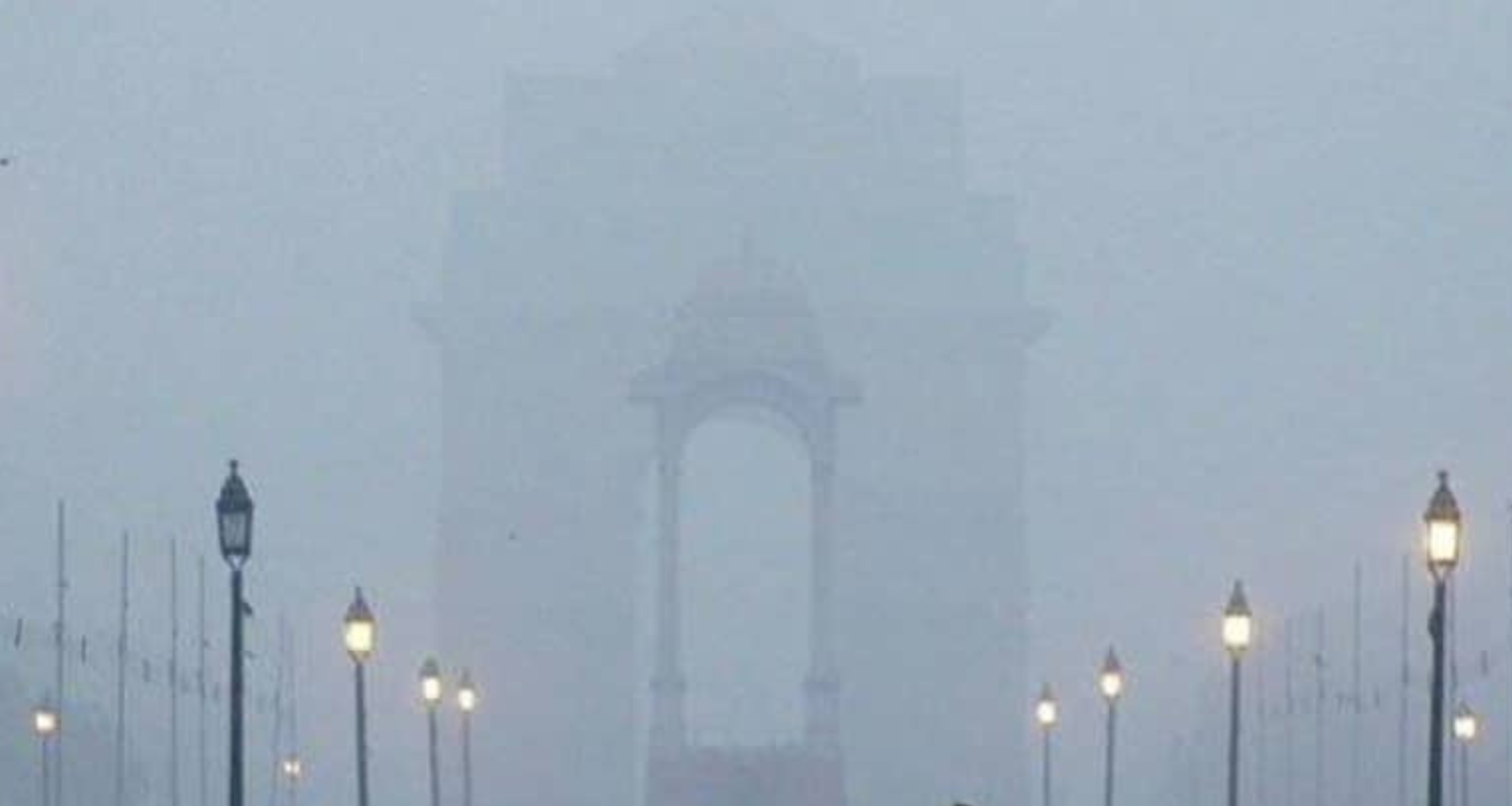
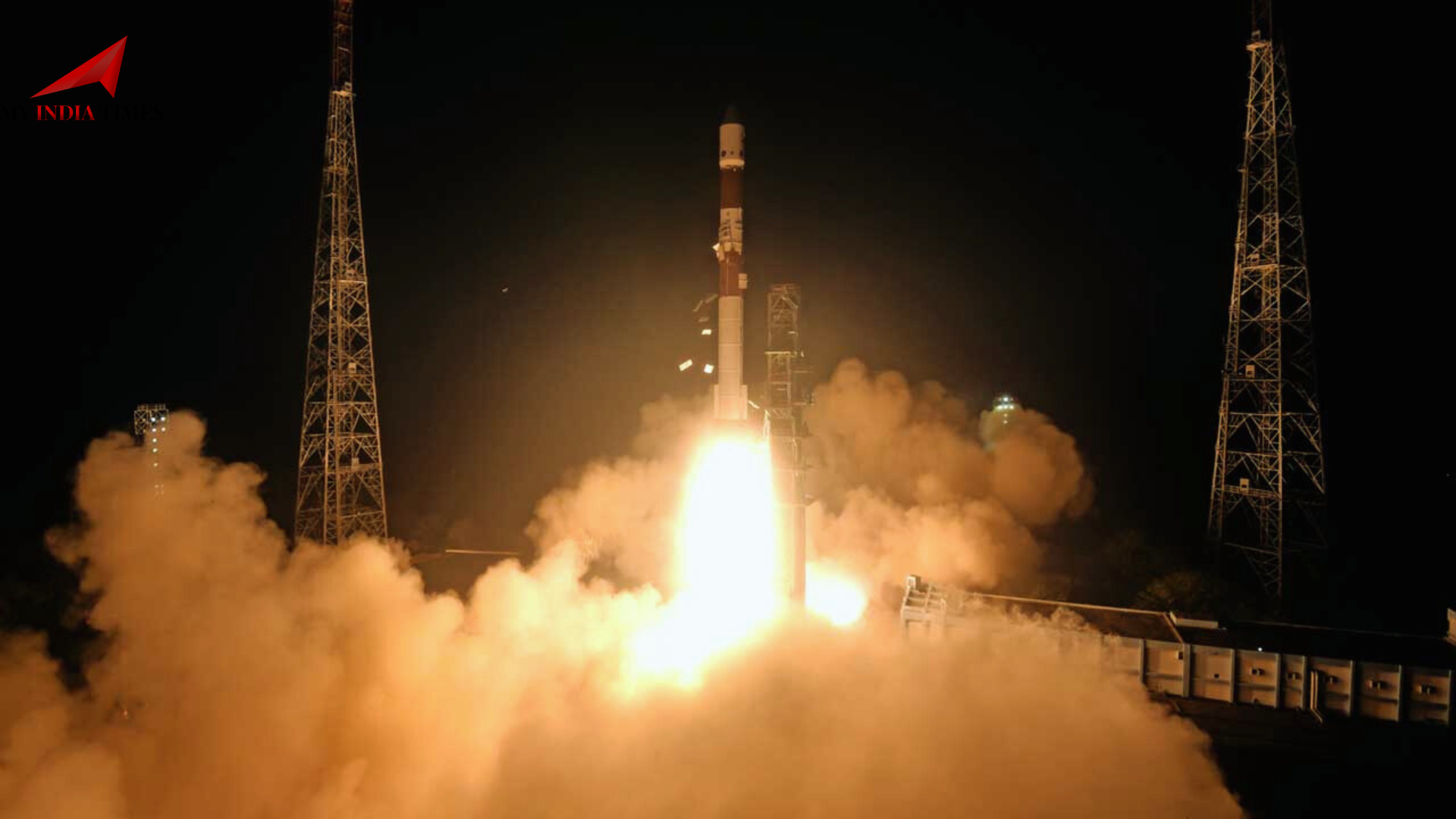

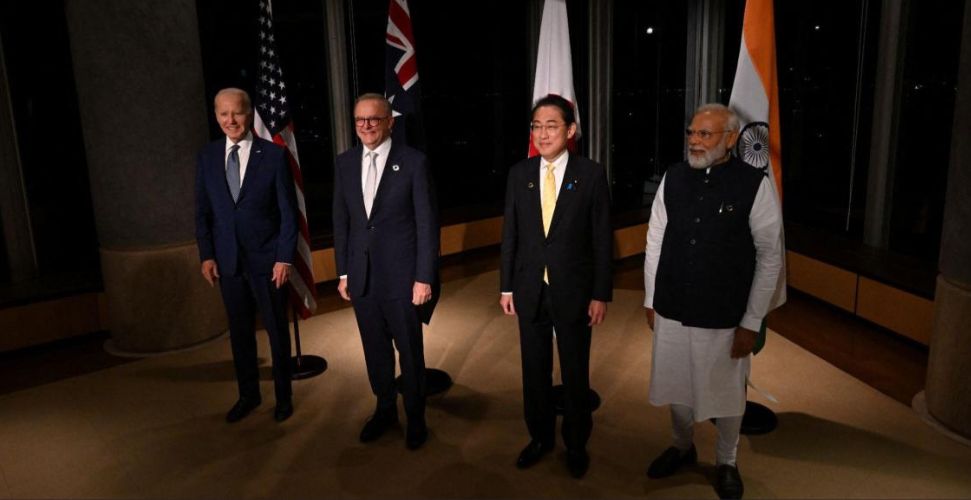
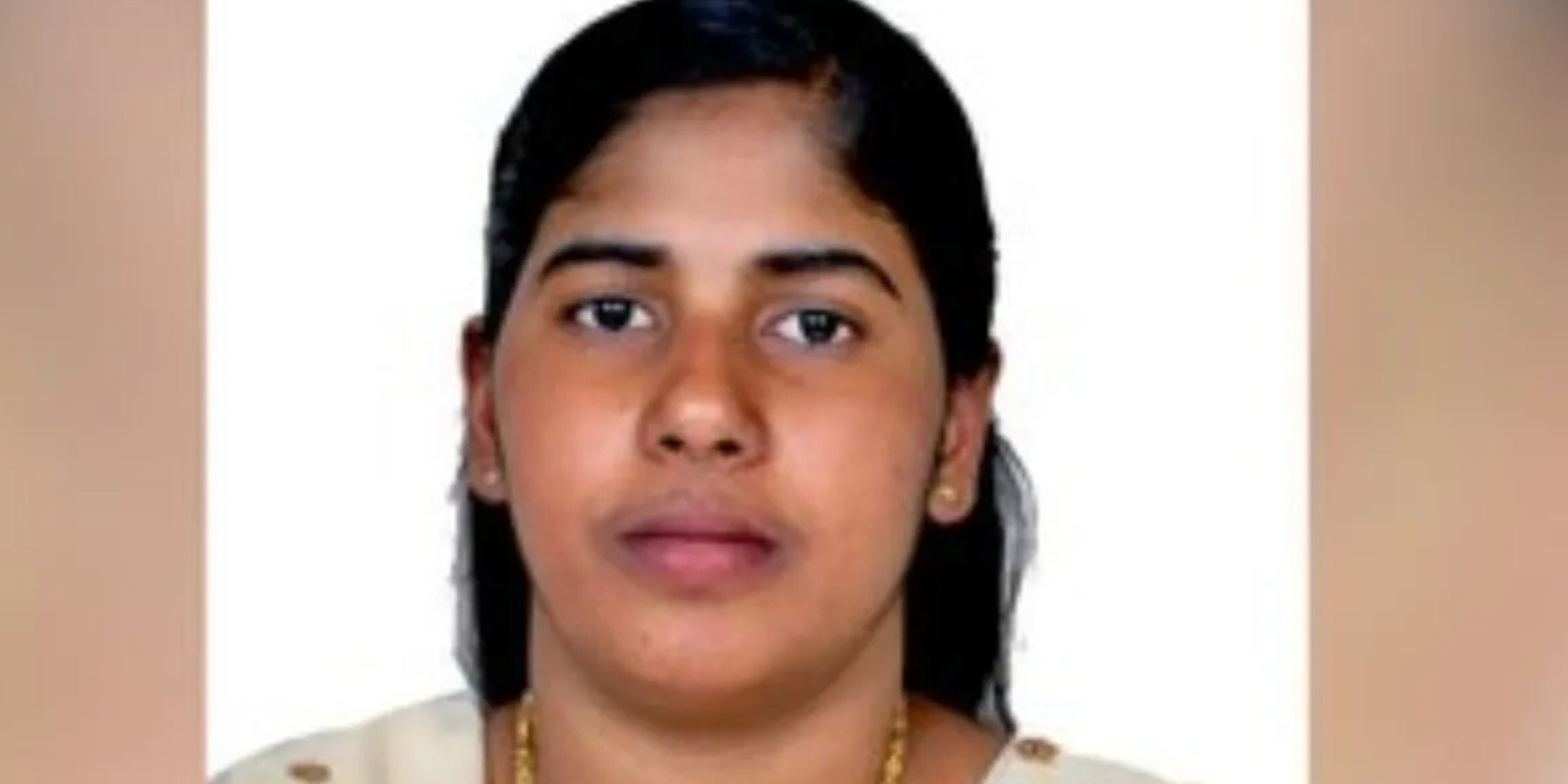

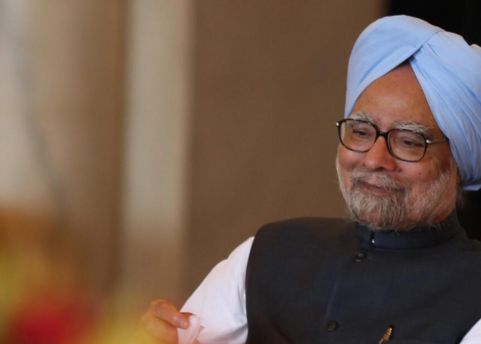

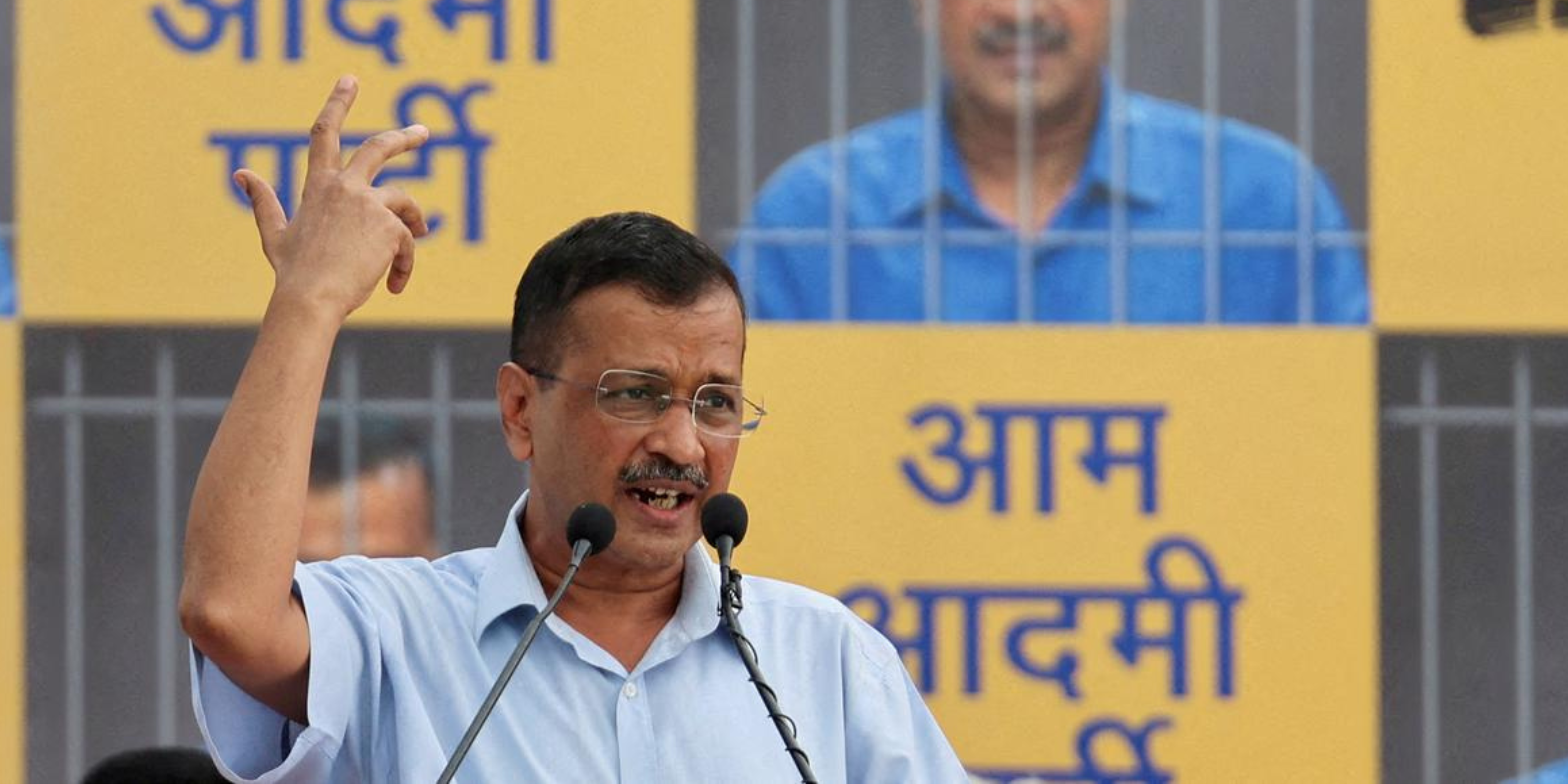

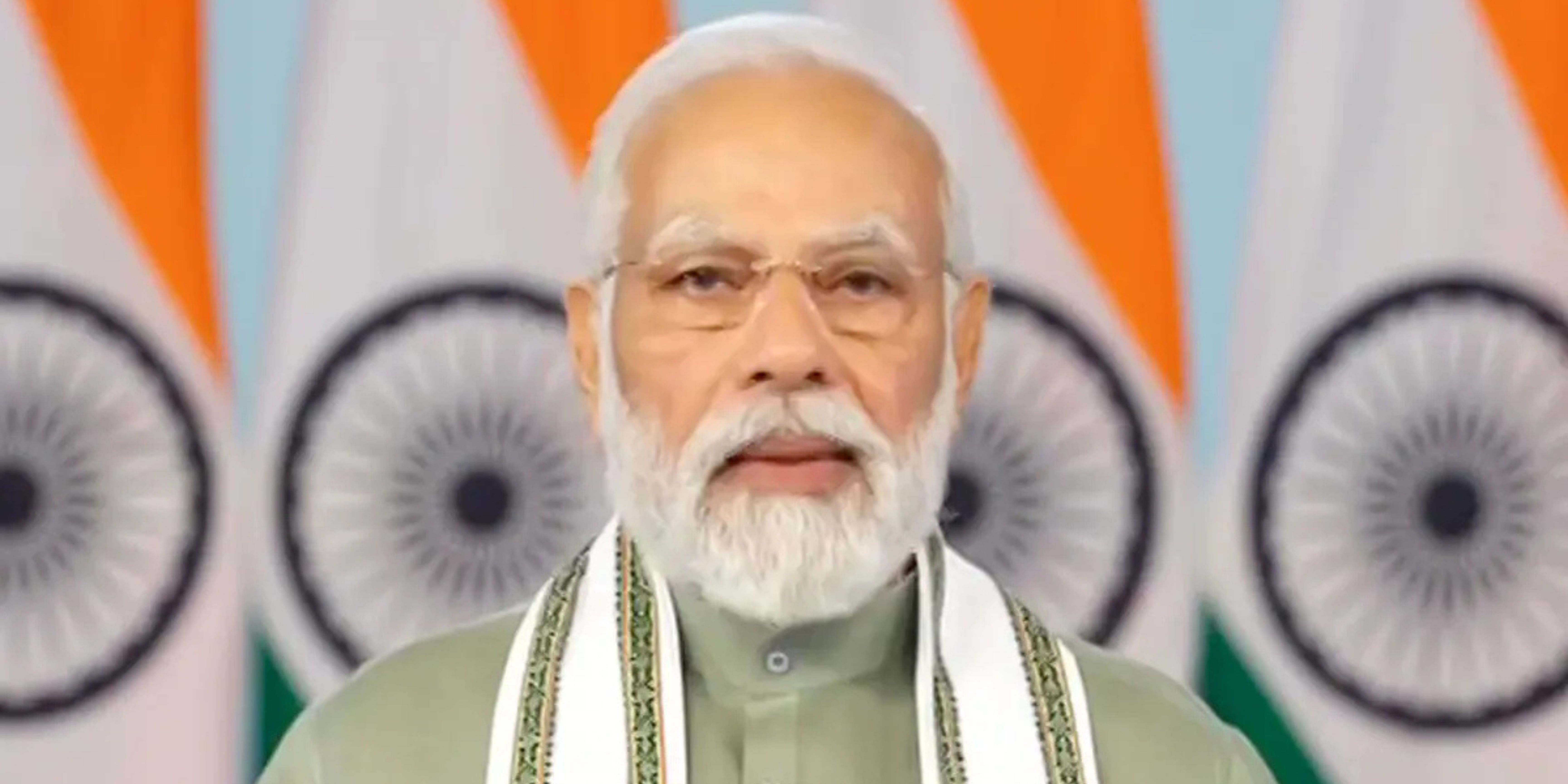





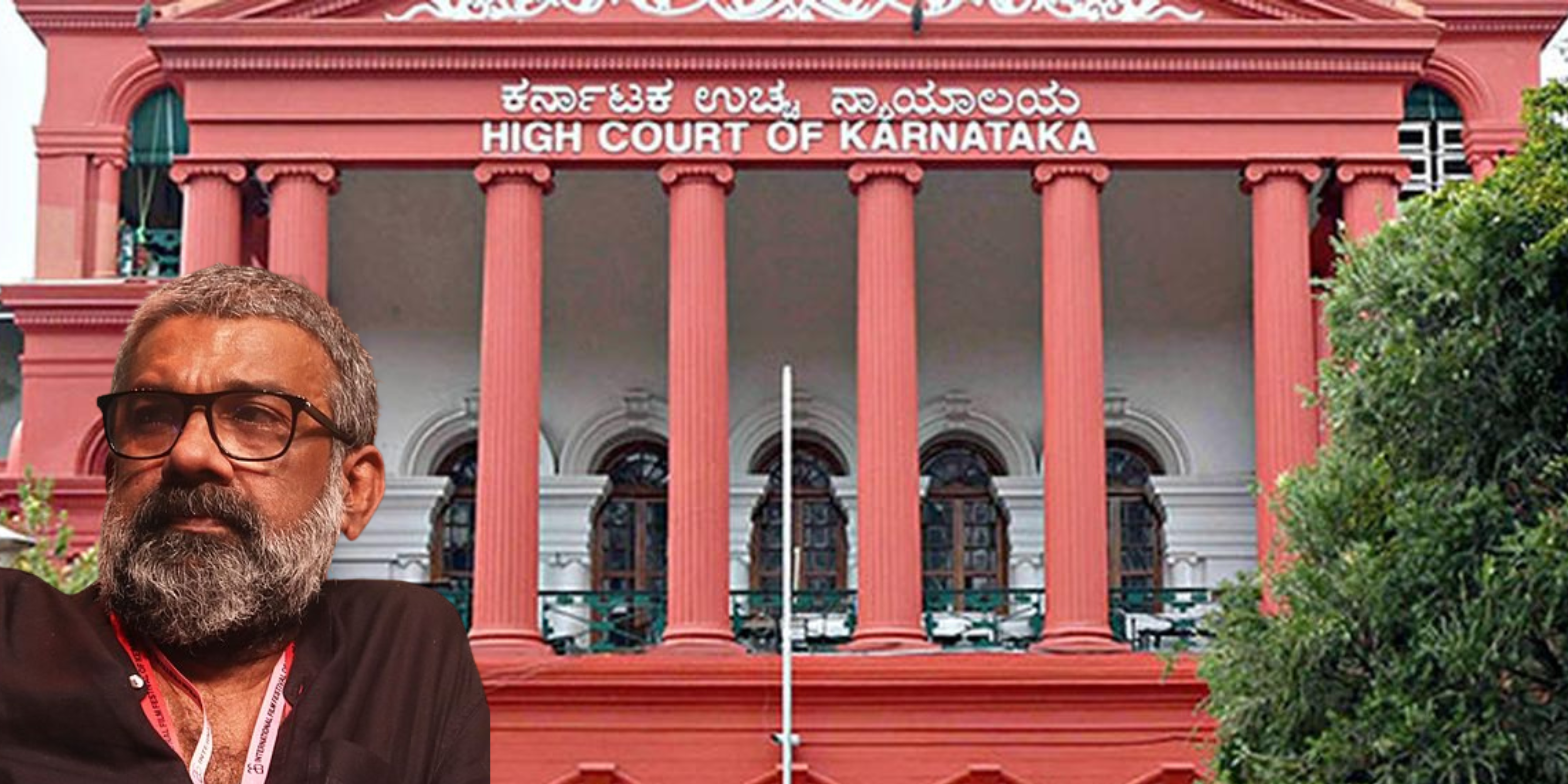
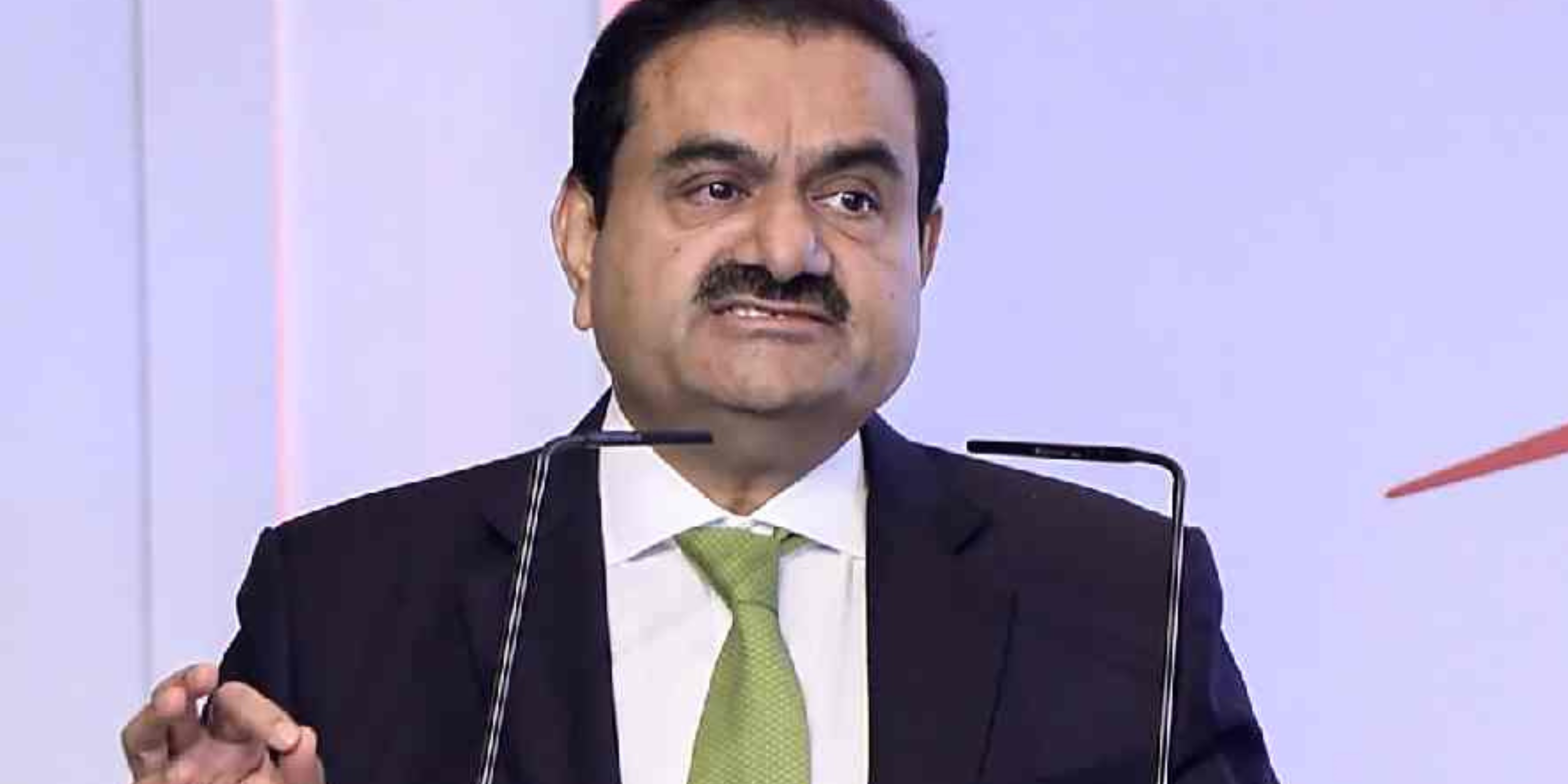
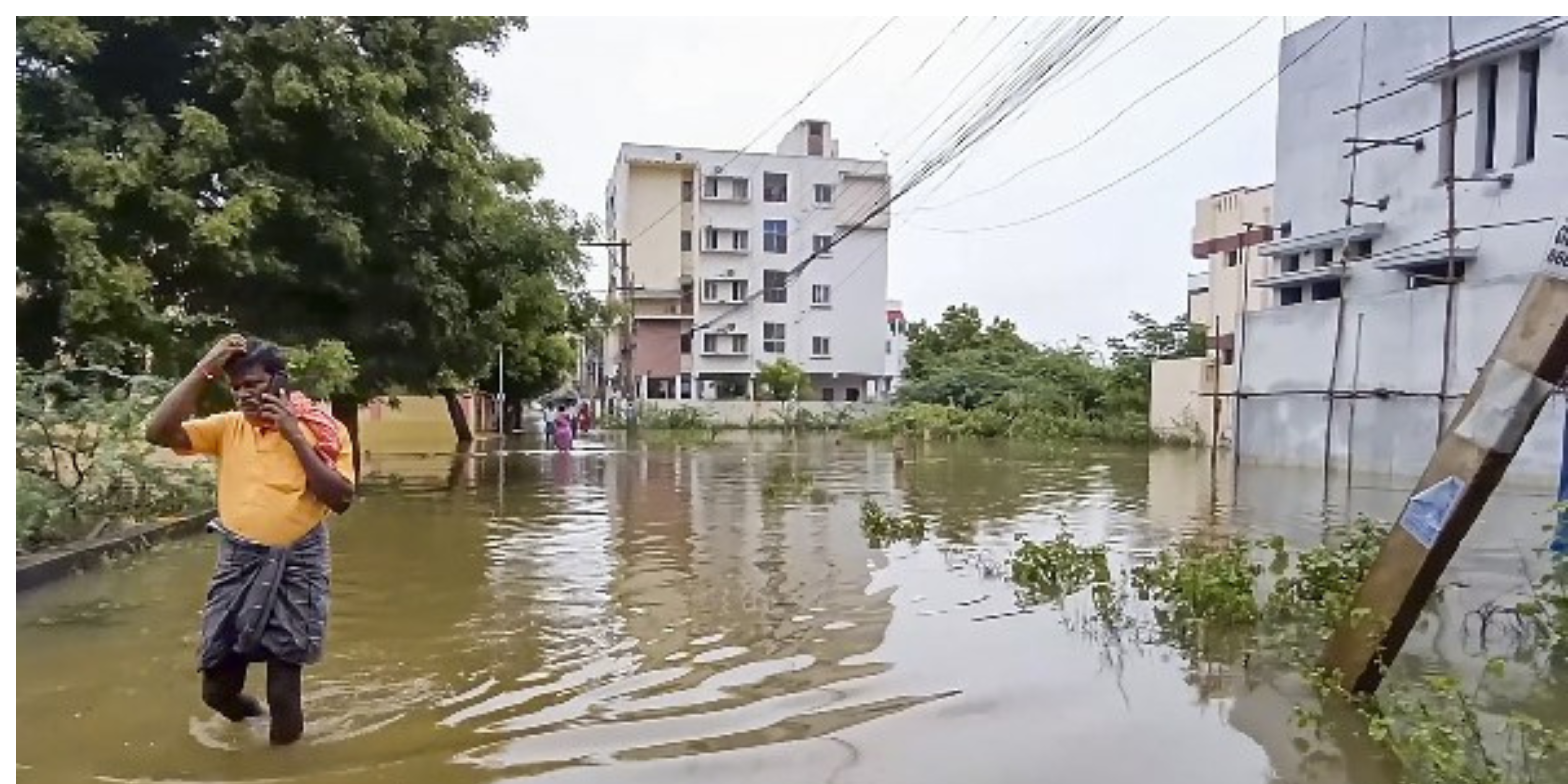
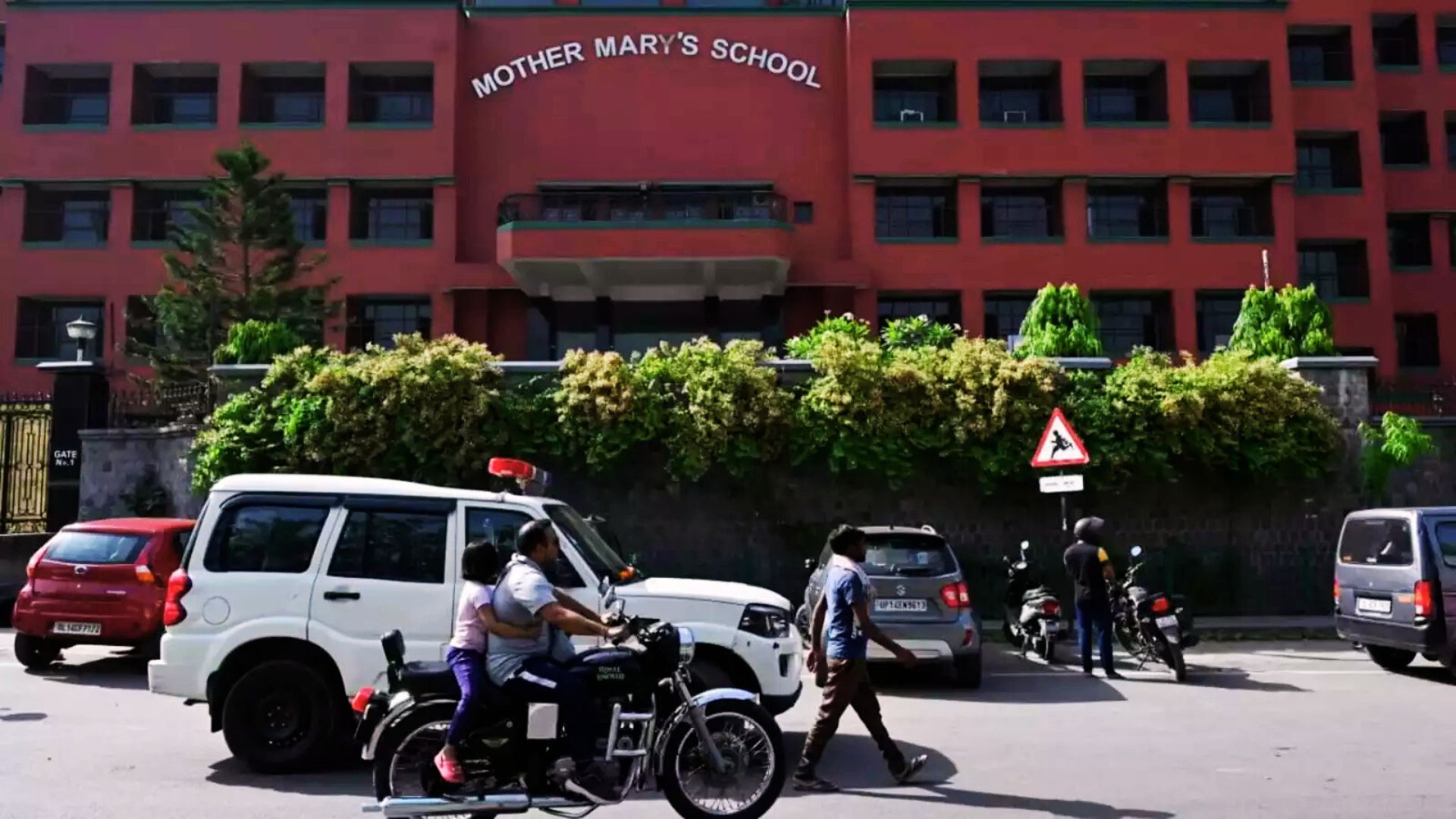

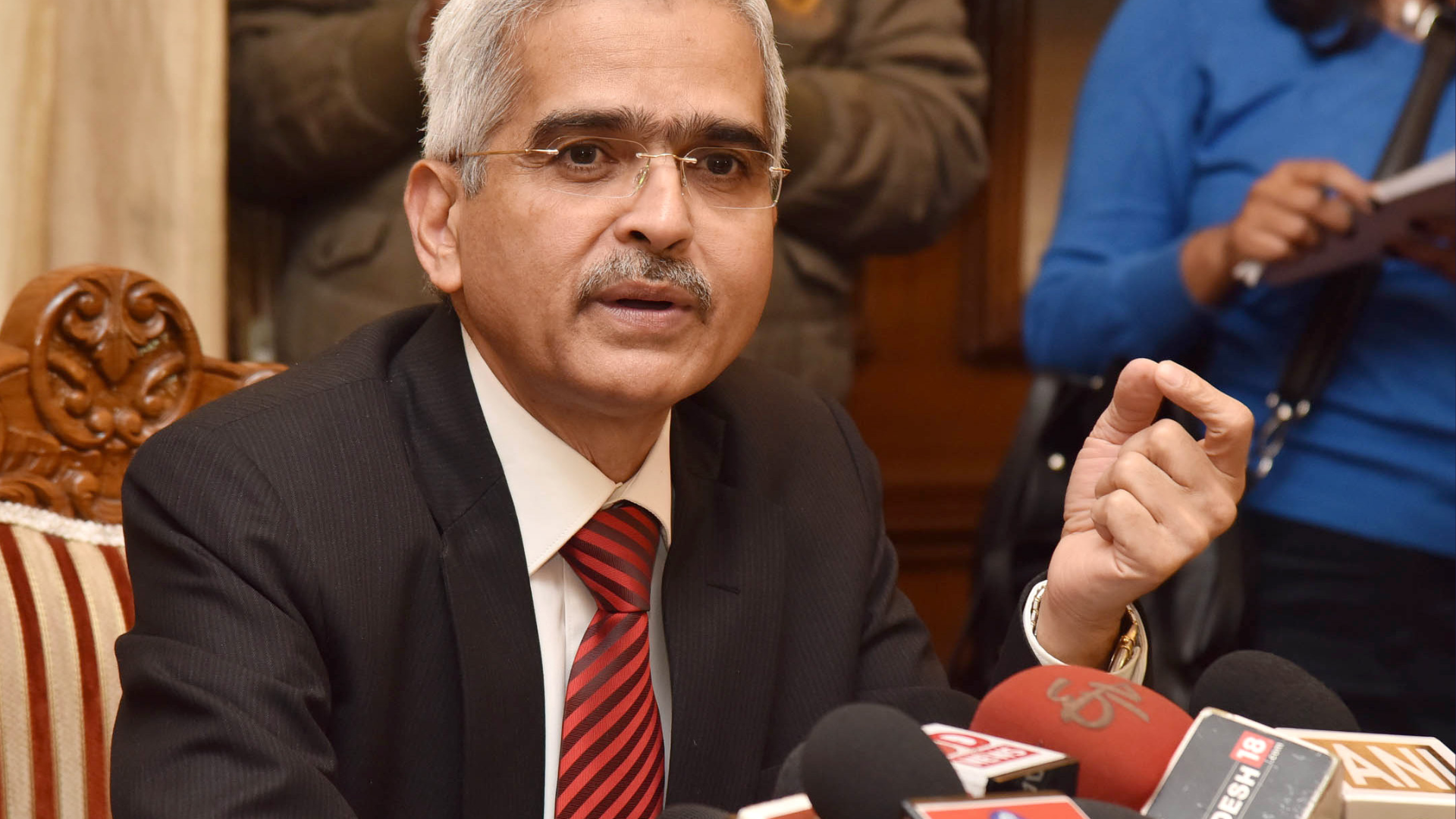
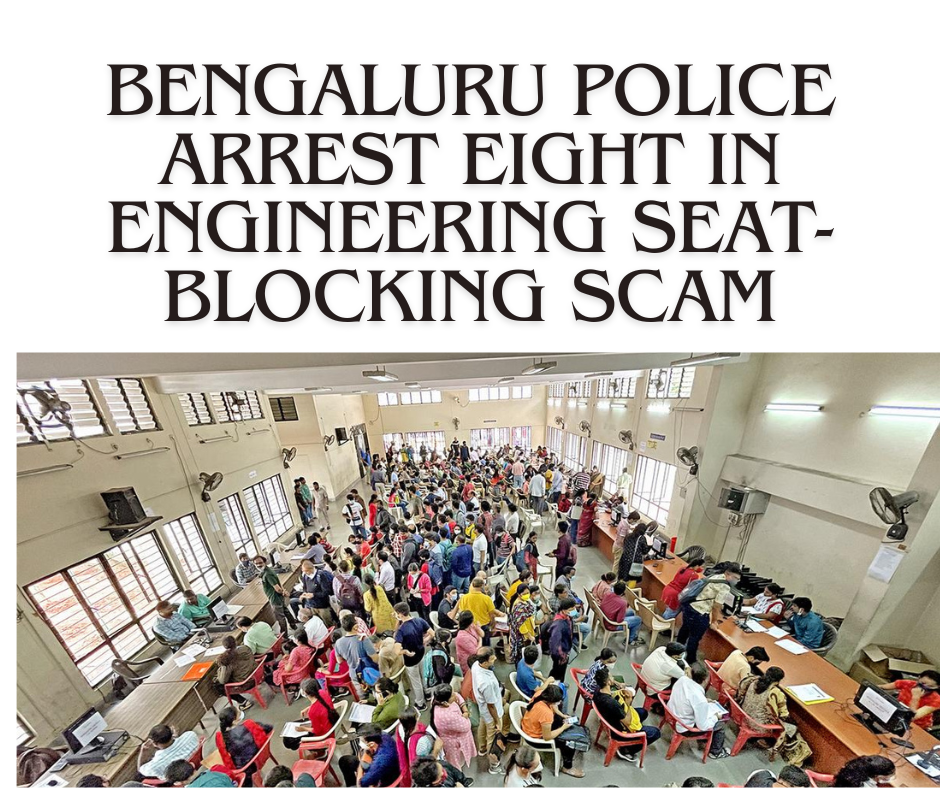
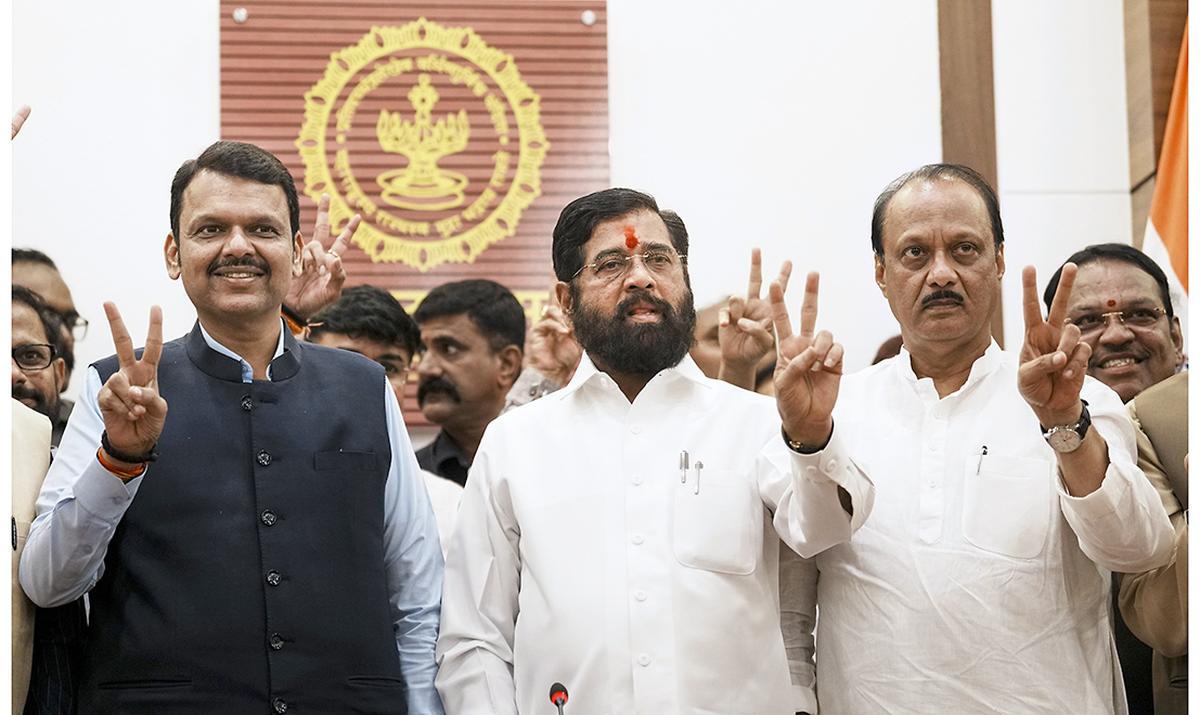
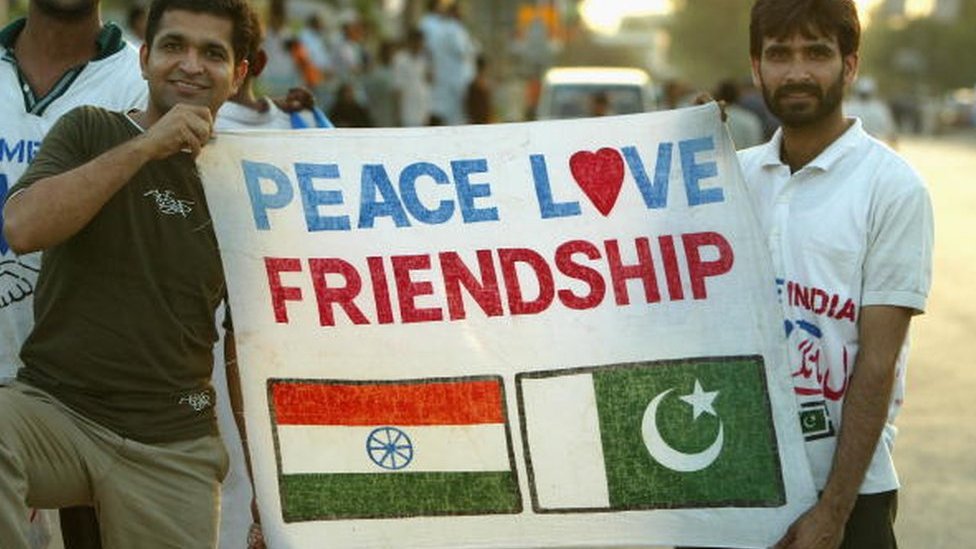
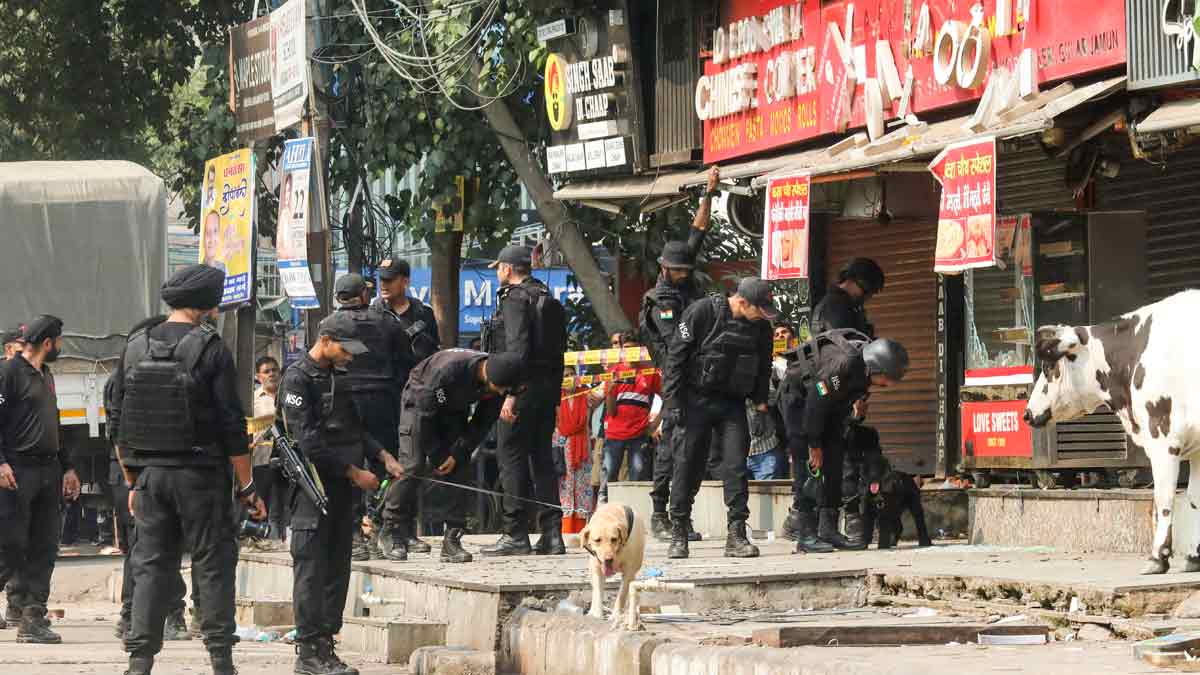


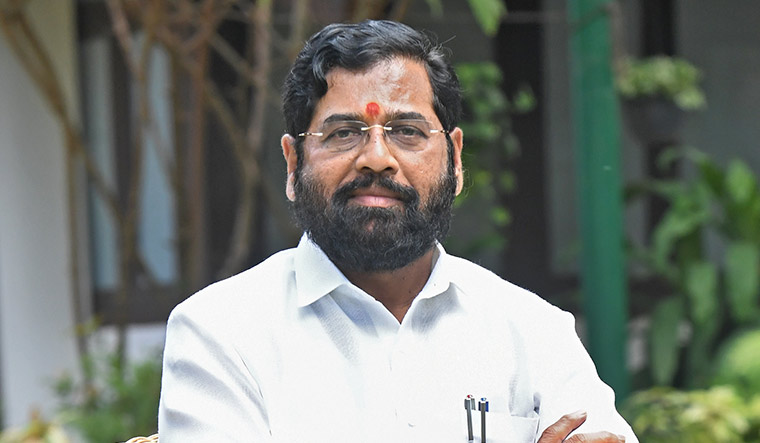
.png)
 (1).png)
